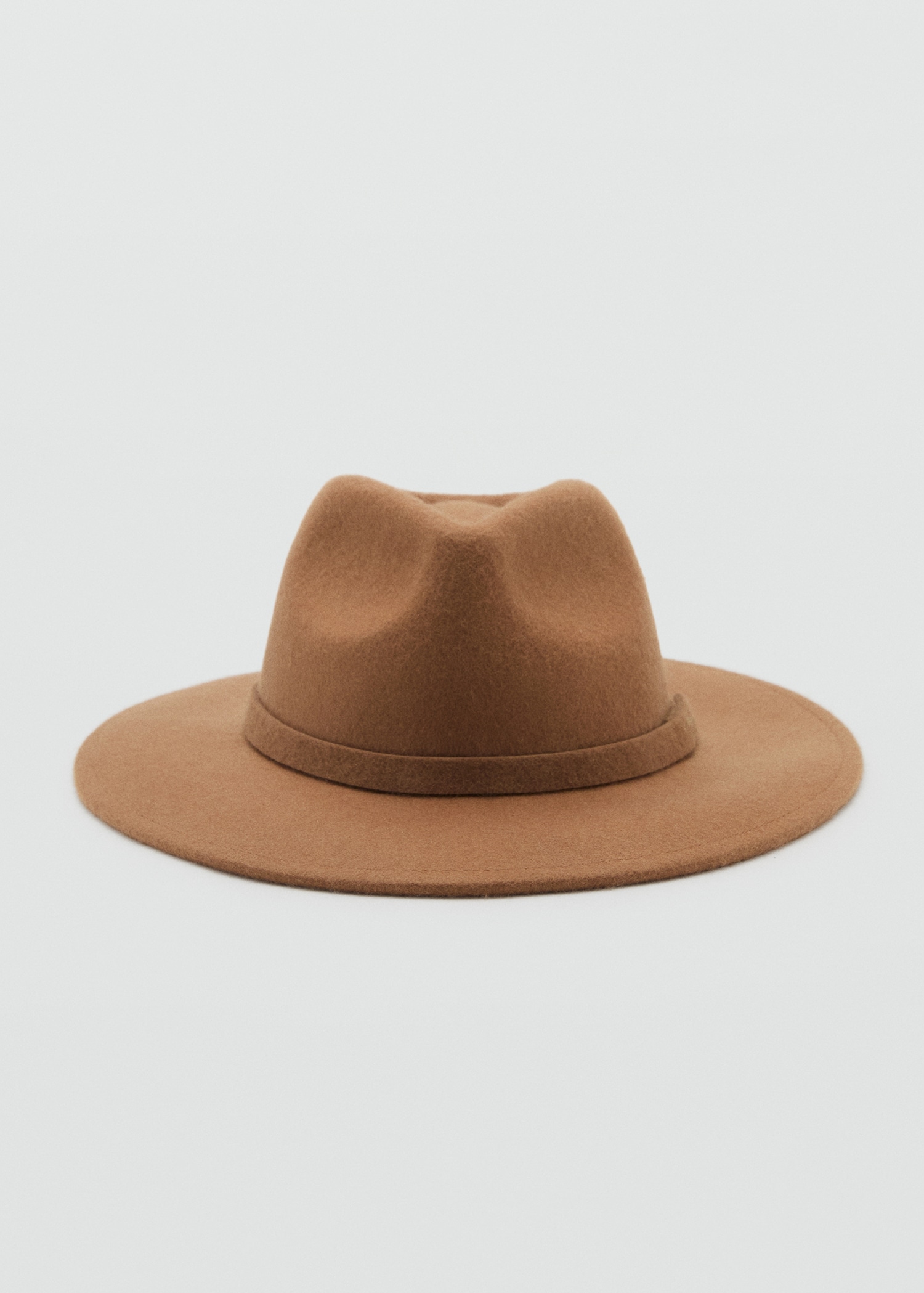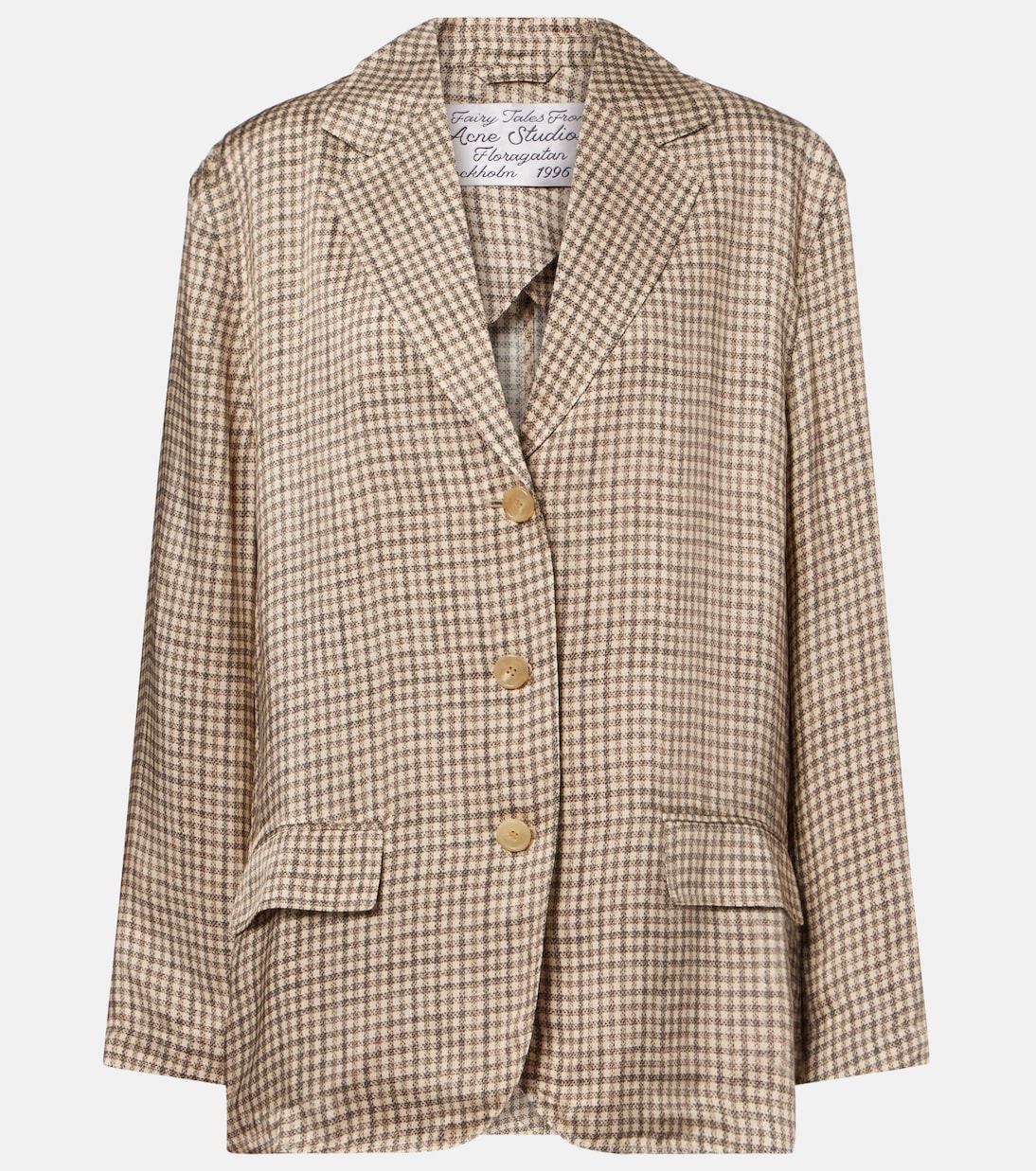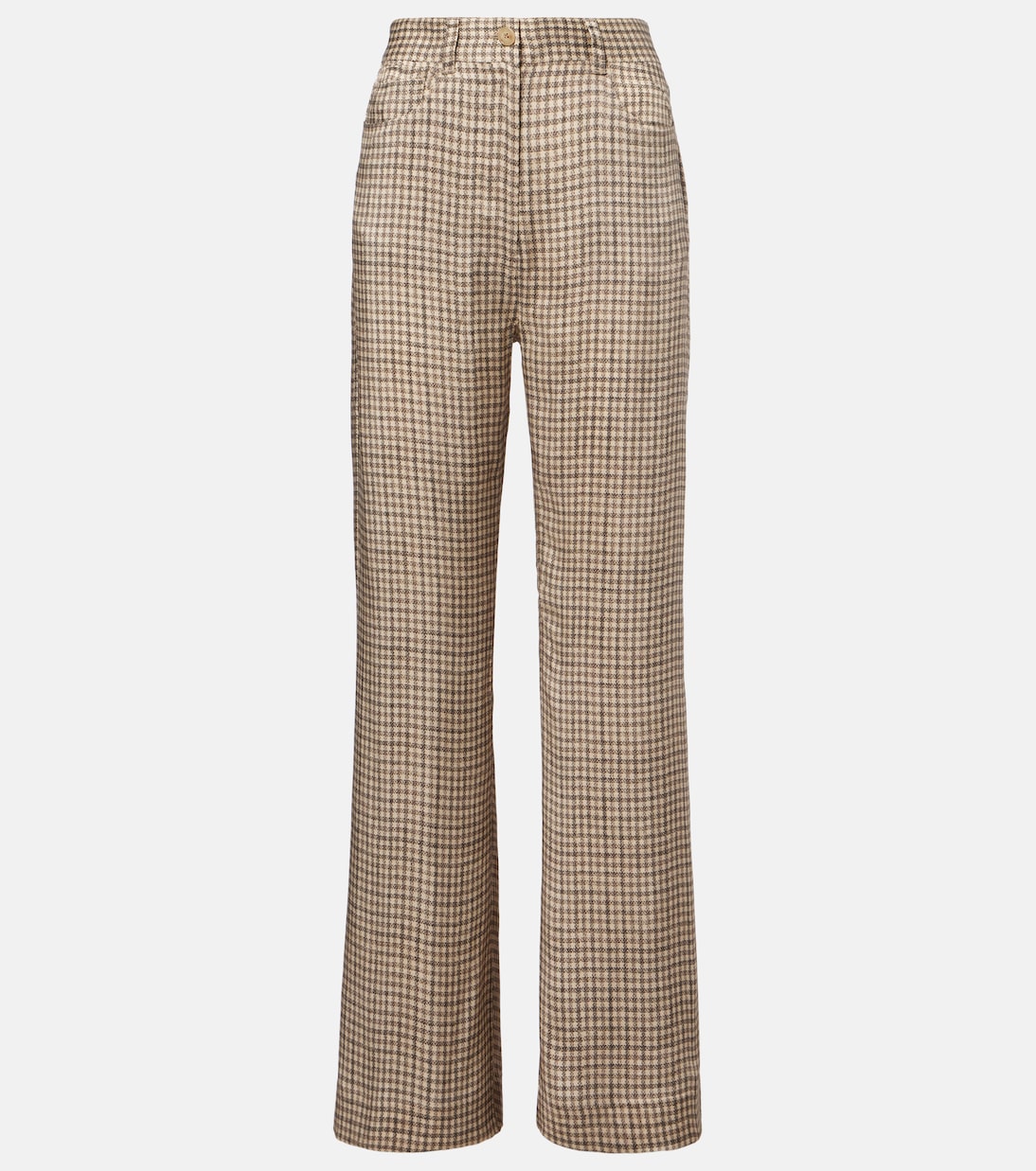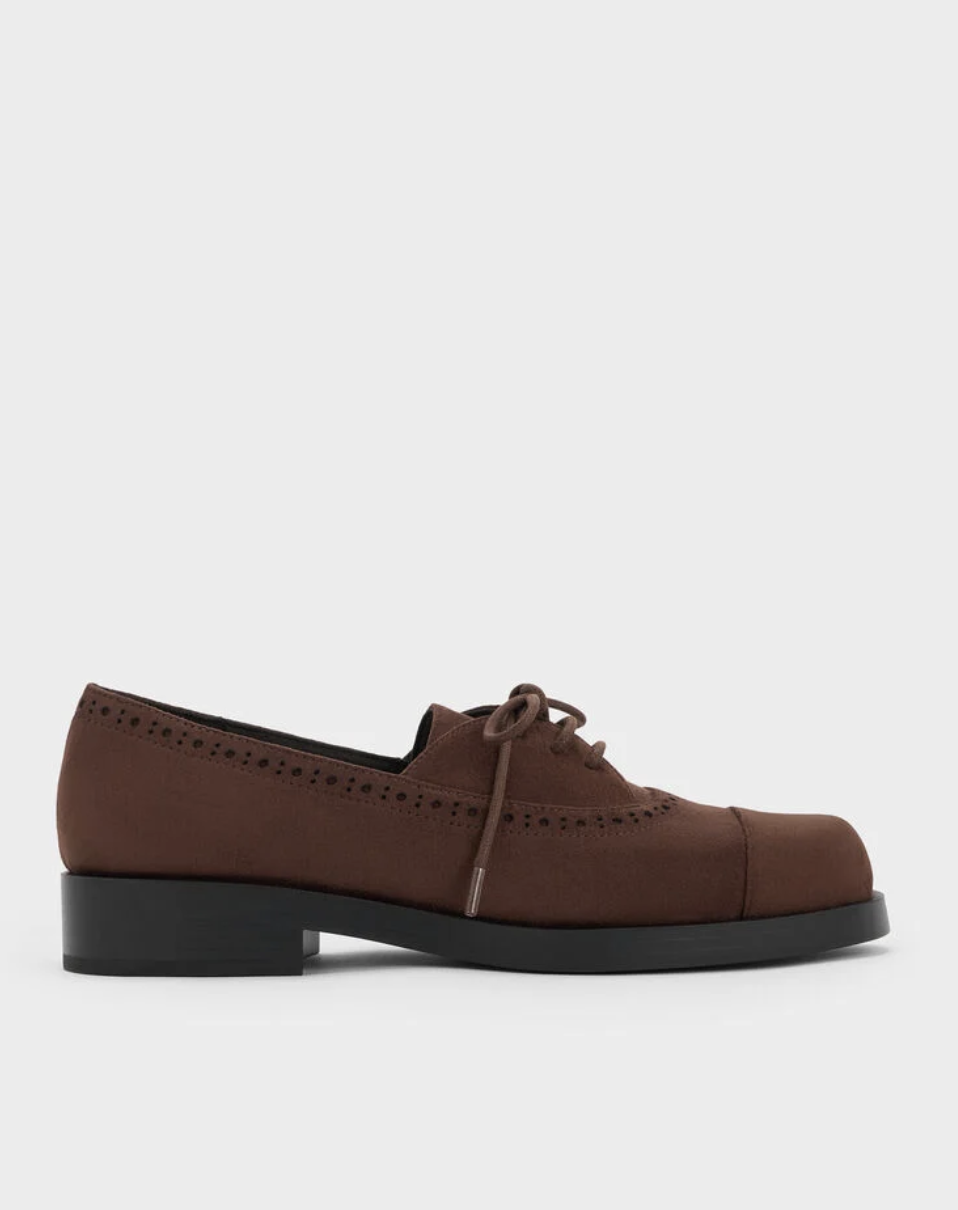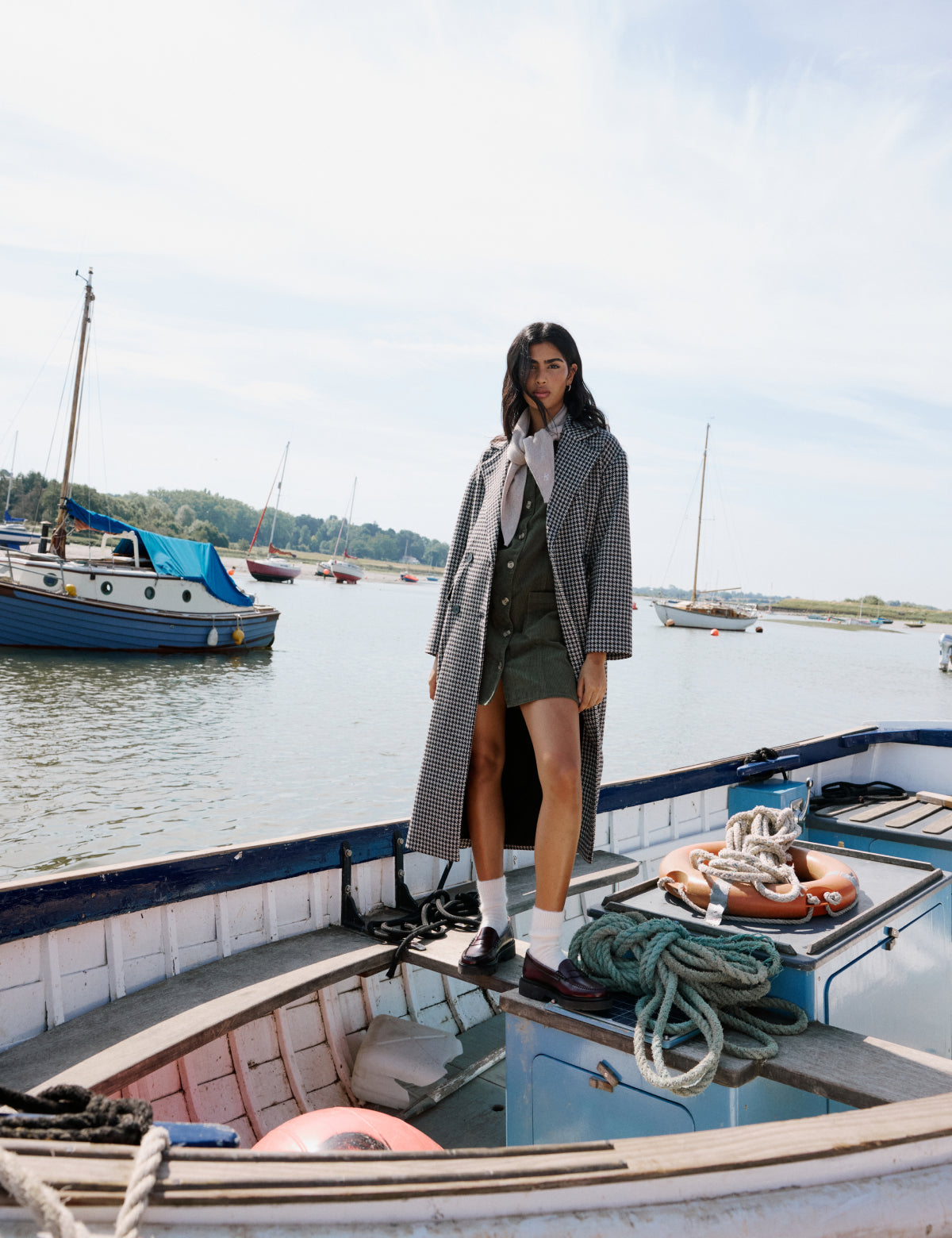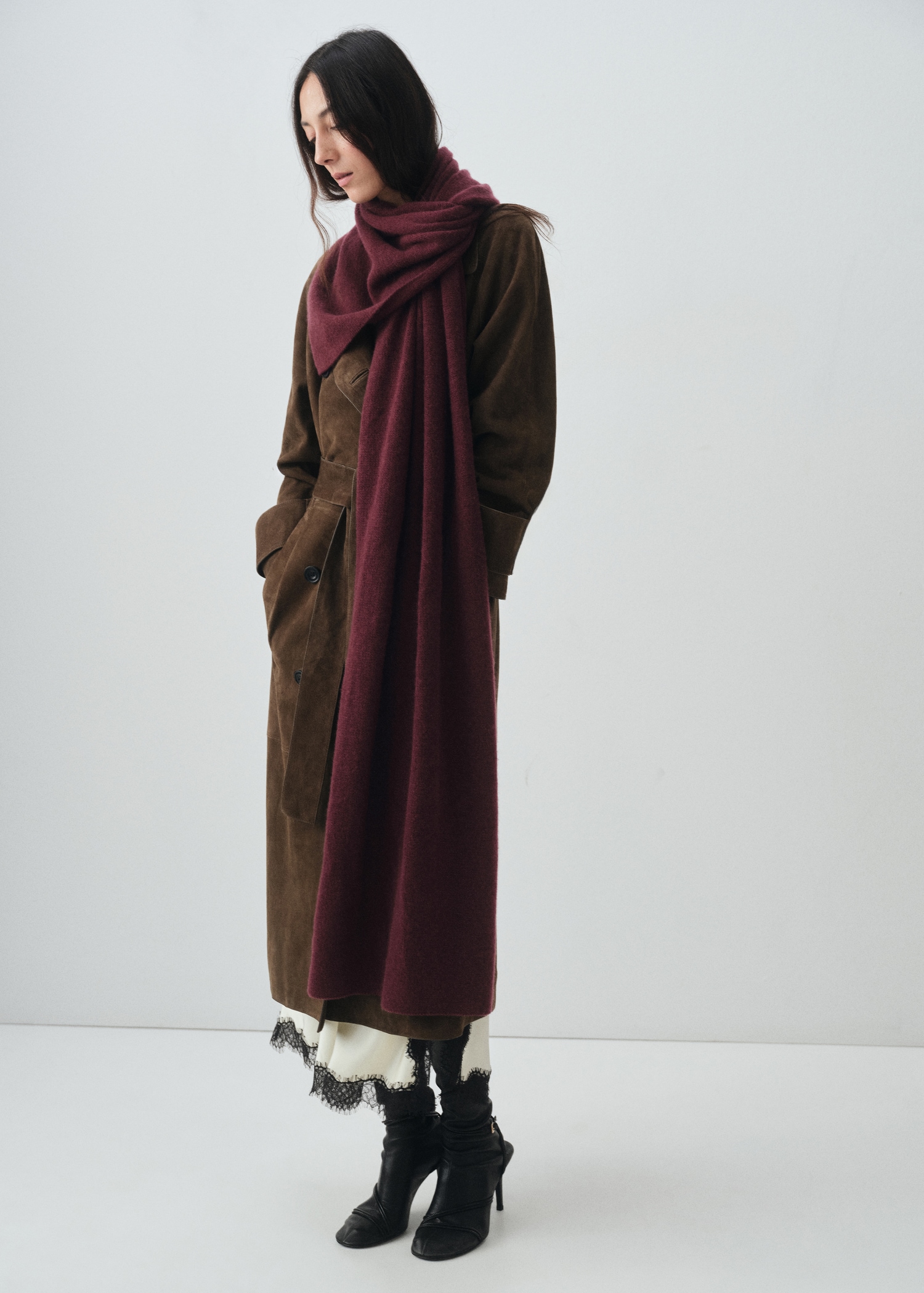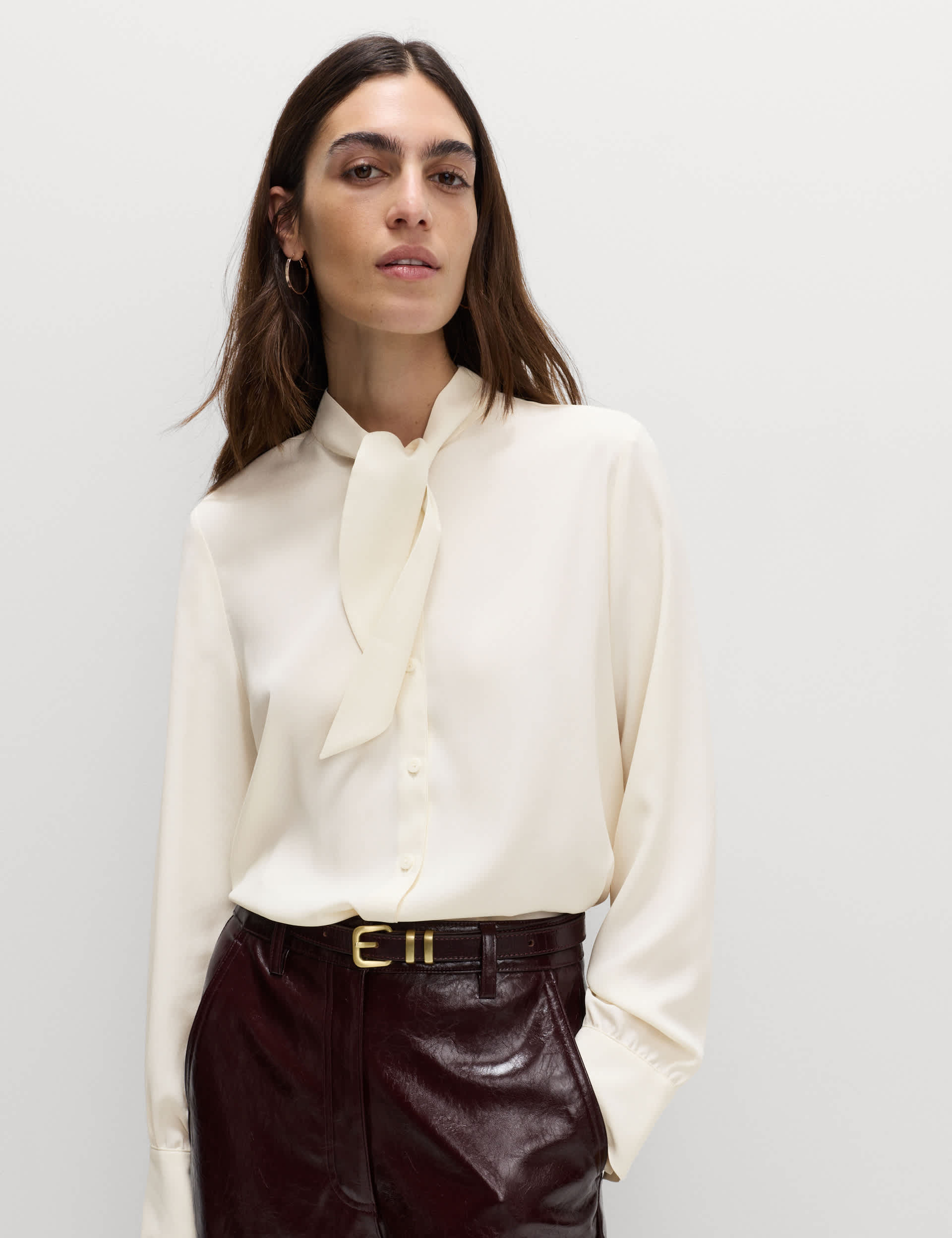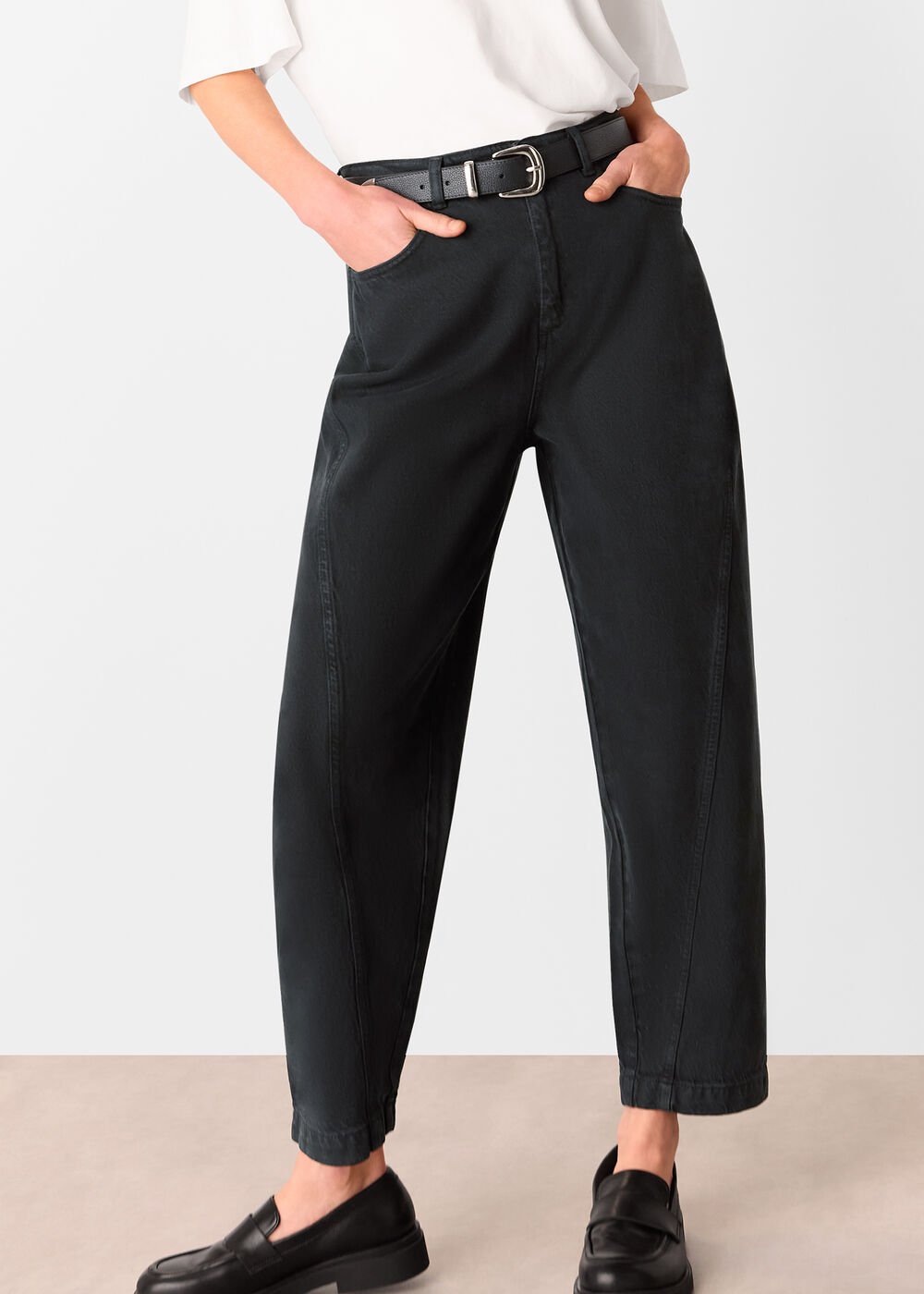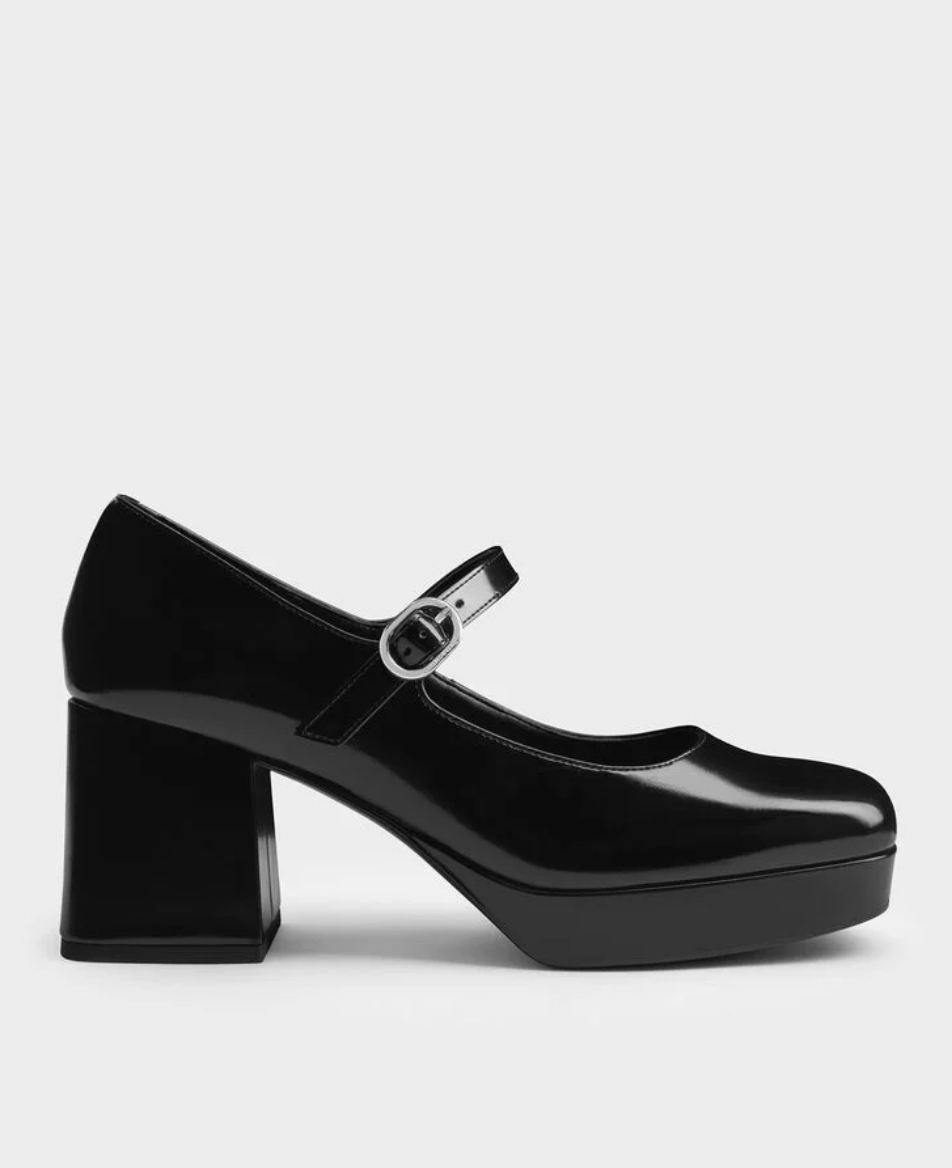Tracing Diane Keaton’s Style Evolution, Decade by Decade
From oversized tailoring to eccentric hats, the late actor spent over five decades dressing entirely for herself—and in doing so, redefined what style, age, and femininity could look like.
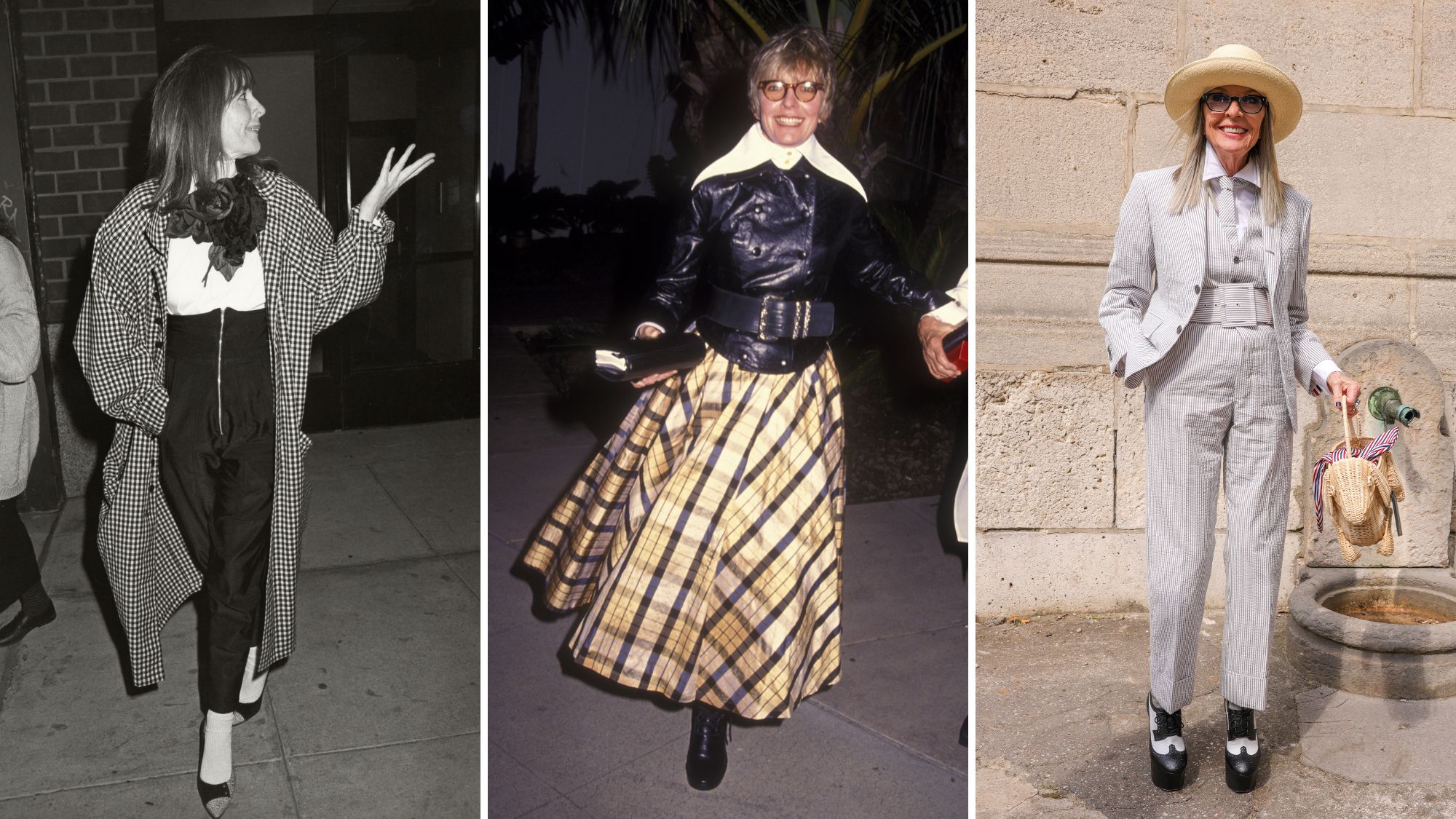
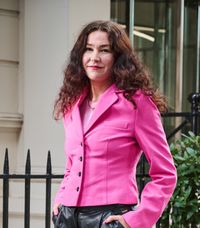
“I was told to become more feminine—it drove me crazy,” remarked Diane Keaton in a 2017 interview with Radio Times. It’s not hard to imagine studio execs scratching their heads, wondering what to do with a young Keaton in 1972, when she starred in her first film—Woody Allen’s Play It Again, Sam—she looked more like someone you’d bump into in a New York bookstore or the philosophy department of a stuffy university than a Hollywood starlet.
Clad in trousers too big, shirts too loose, and hats too both of the above, Diane Keaton was, from the outset, an iconoclast. And while it’s that precise quality she’s been celebrated for for at least my entire life, it wasn’t always that way.
In the same interview, Keaton remembered a local acting coach who refused to cast her in any productions: “He told her [Keaton’s mother] that I needed to go to modelling school because I didn’t look good. That I should become more refined and feminine and more groomed. This drove me crazy, so I didn’t do classes anymore.” Instead of being smoothed and sculpted to fit Hollywood’s blueprint, Keaton stayed exactly as she was. Eventually, fashion followed.
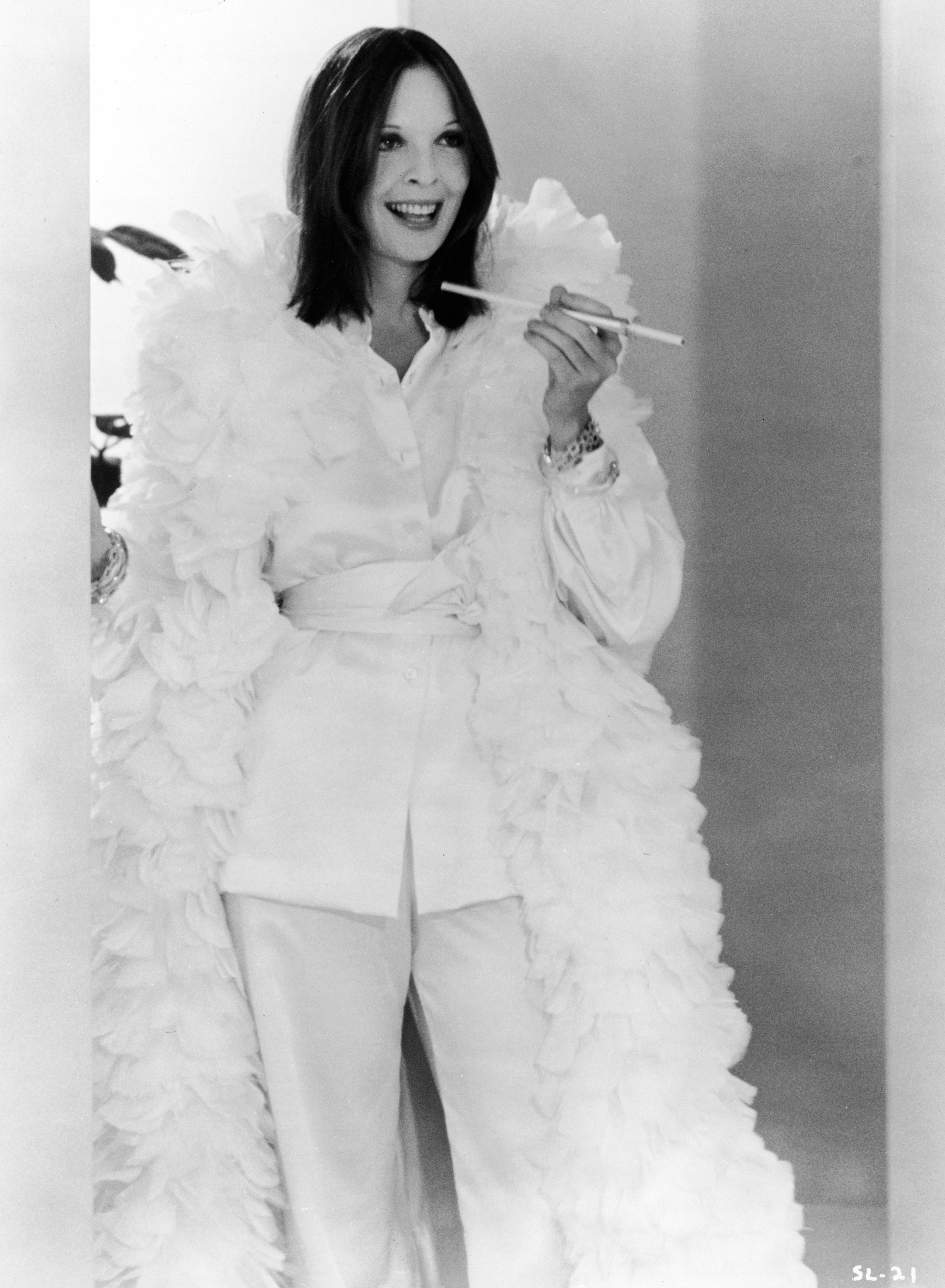
Diane Keaton wearing a white satin suit with a matching feather boa and cigarette holder in a scene from Sleeper, directed by Woody Allen, 1973.
From oversized tailoring to eccentric hats, Diane Keaton spent over five decades dressing entirely for herself—and in doing so, redefined what style, age, and femininity could look like. Her personal style, reflected in the legendary characters she played, became a cultural touchstone, inspiring generations to value authenticity and self-expression over trends.
Here, we break down Diane Keaton’s inimitable style from Annie Hall to 2024’s Summer Camp.
Diane Keaton in the 1970s
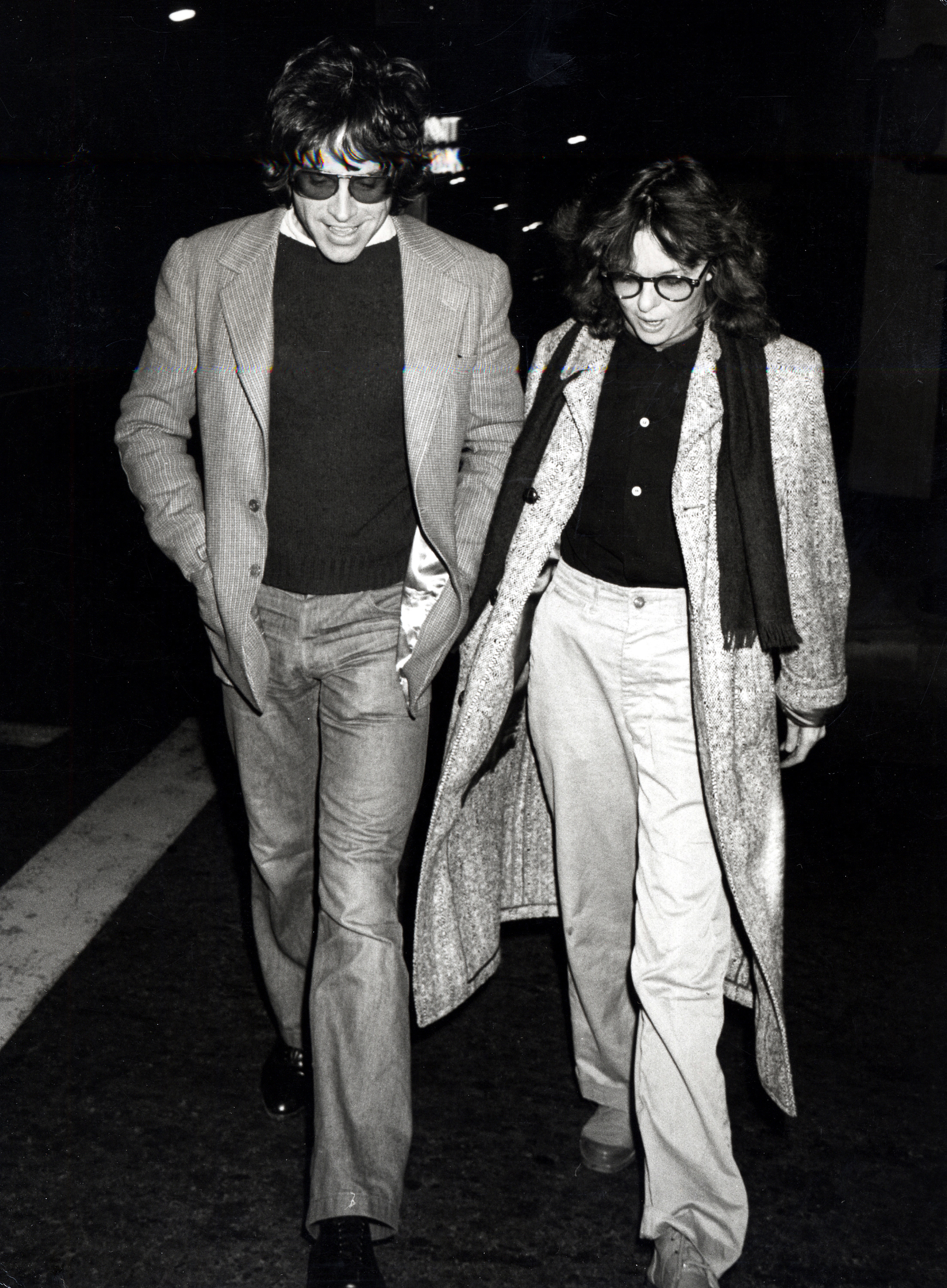
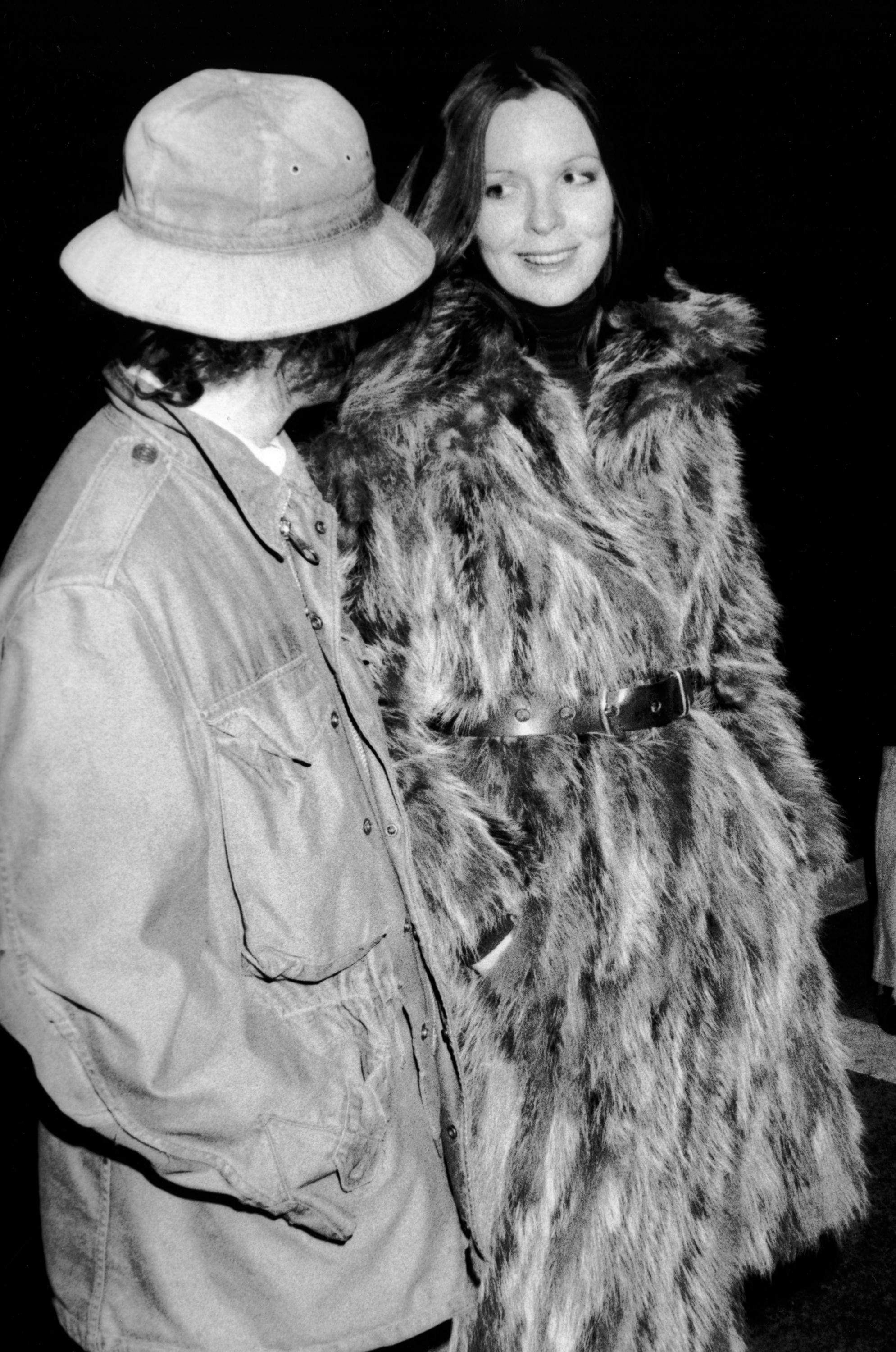
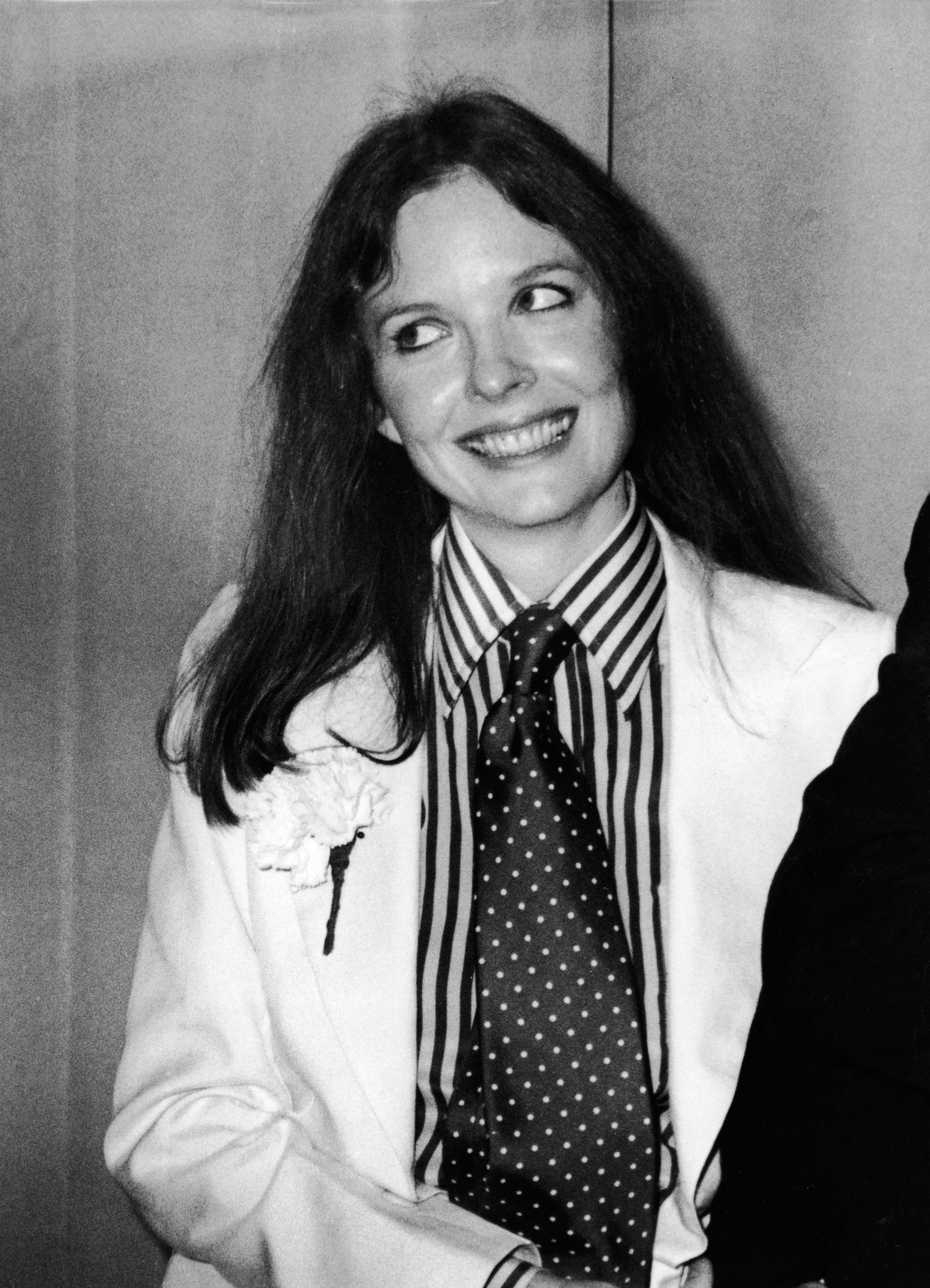
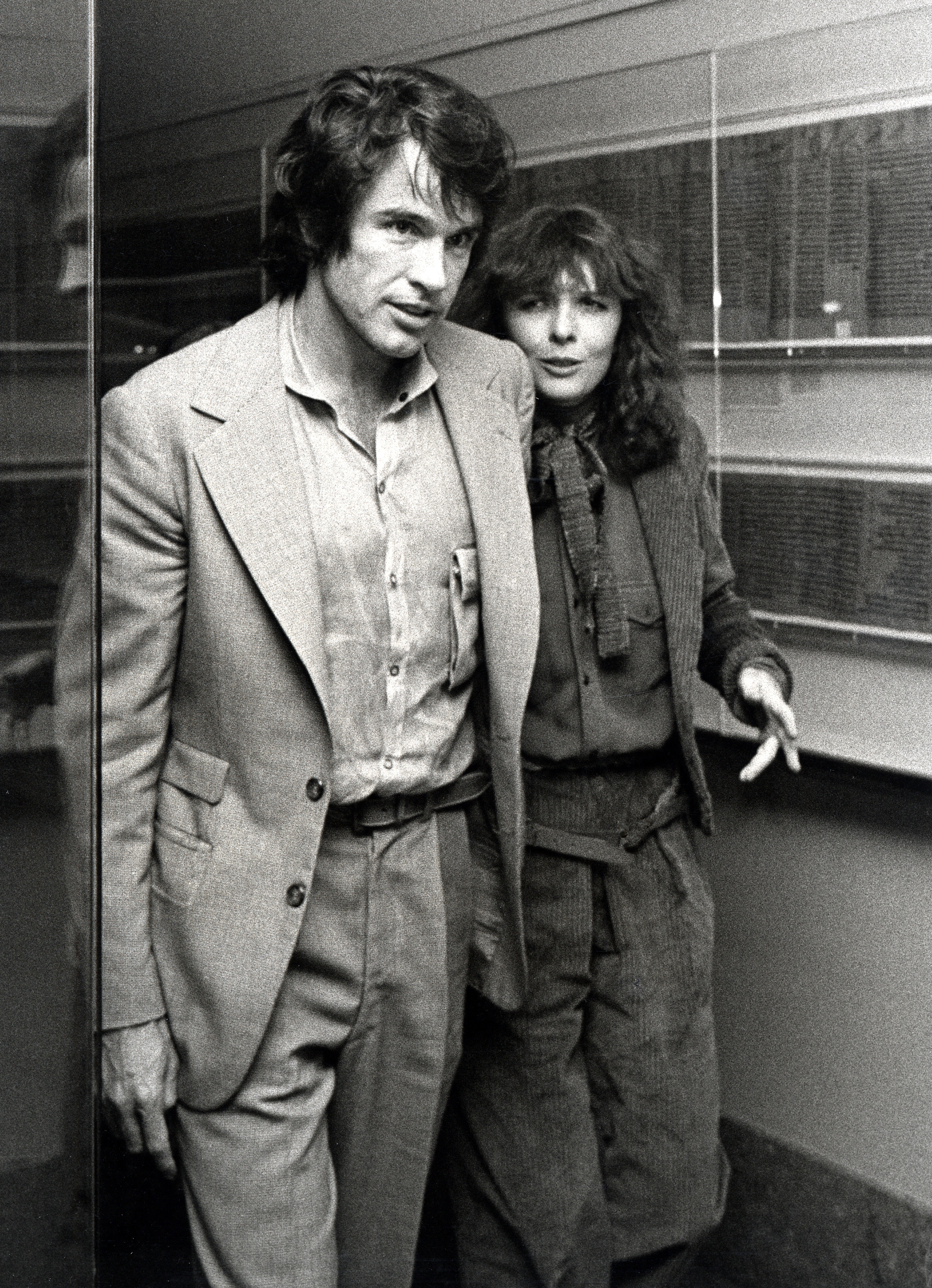
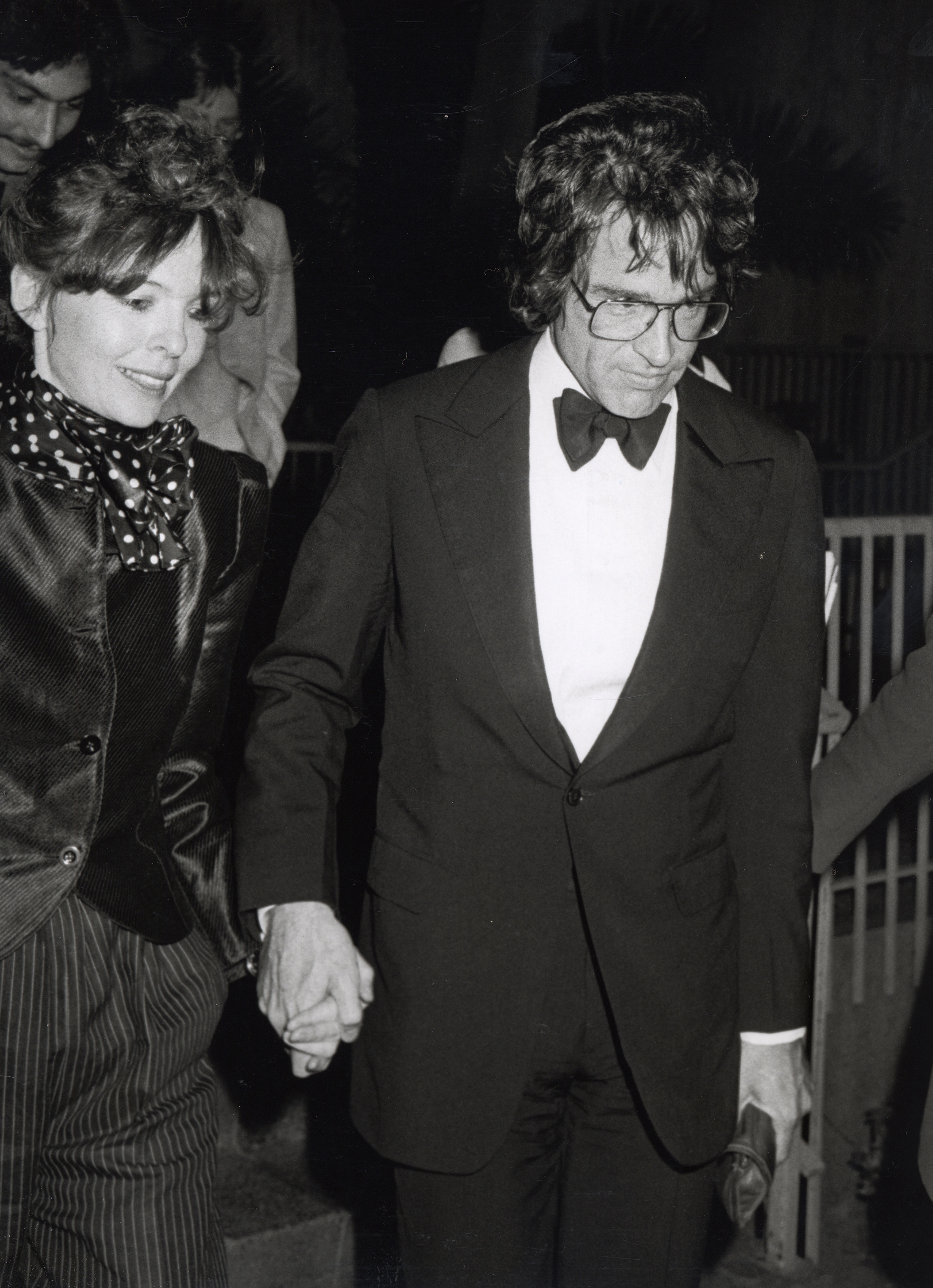
Fashion loves to coin a phrase, and in Diane Keaton’s case, that term would be ‘Anti-Style Style.’ ‘Kooky’ is also a label that’s been levied at her, but the latter feels too lazy, too umbrella, to adequately capture her offbeat, irreverent aesthetic—especially when applied to her wardrobe circa the 1970s. Her breakout role, another neurotic romantic comedy by Woody Allen—a little-known flick called Annie Hall in 1977—didn’t just win her an Oscar; it rewrote the rules of style and subsequently fated every woman thereafter with a penchant for ties to be dubbed an Annie Hall type.
Hall’s wardrobe, drawn directly from Keaton’s own closet, was a hodgepodge of thrifted menswear: slouchy blazers, baggy trousers, super-sized shirts, patterned ties, and felt hats. It was messy, bookish, lived-in—but certainly not en vogue, despite second-wave feminism being at its peak. Women were pushing back against gender roles, and Keaton’s androgynous style offered a visual rebellion. Even though feminism was gaining ground, mainstream media lagged far behind, archaically expecting femininity to be palatable, polished, and predictably pretty. Keaton—not for the first time, and certainly not the last—refused. And in doing so, she offered women a new kind of icon: one who could be funny, brilliant, desirable, and unbothered by conventional sex appeal—or social conventions of any kind, for that matter.
Celebrity news, beauty, fashion advice, and fascinating features, delivered straight to your inbox!
Diane Keaton in the 1980s
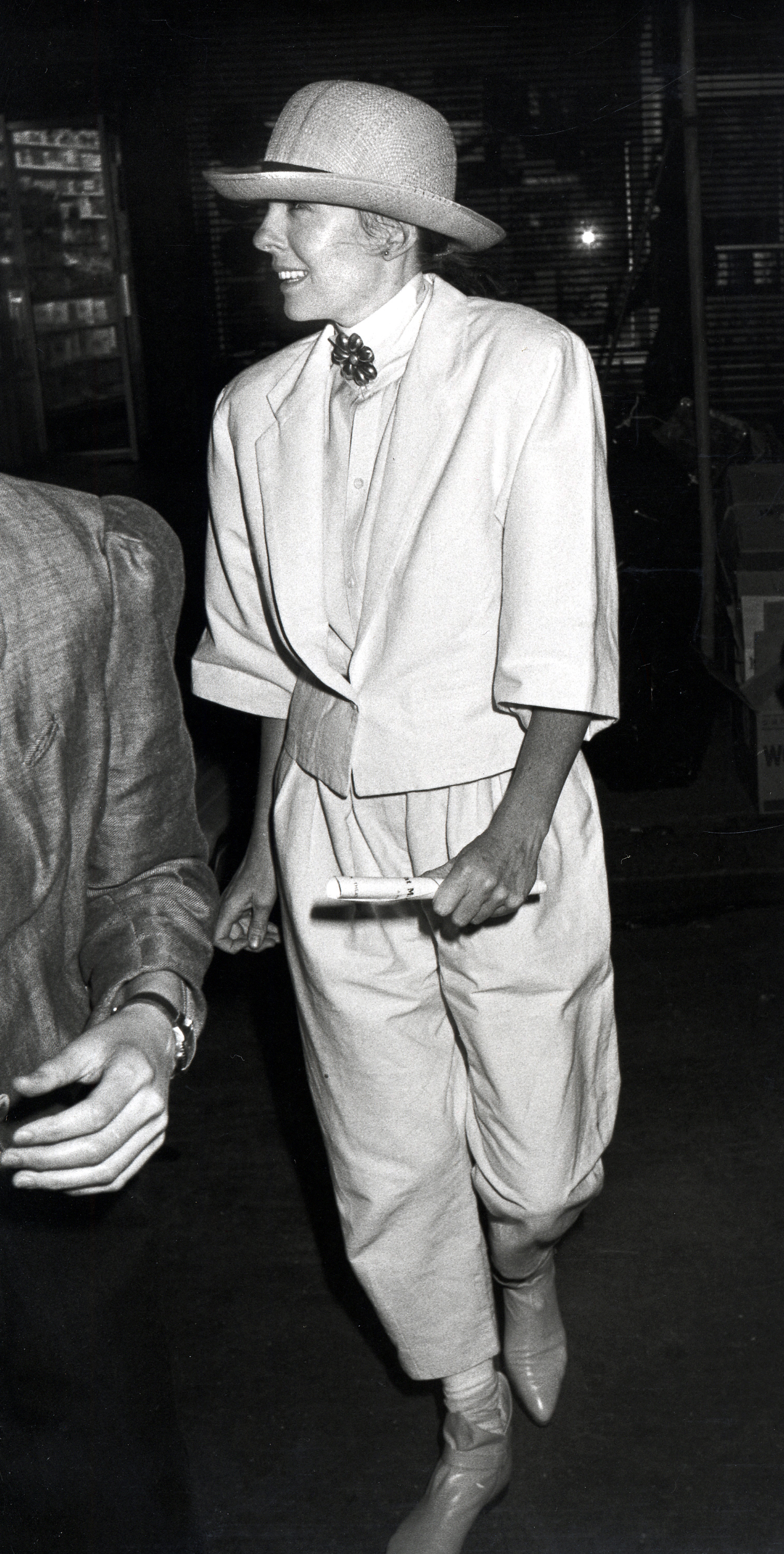
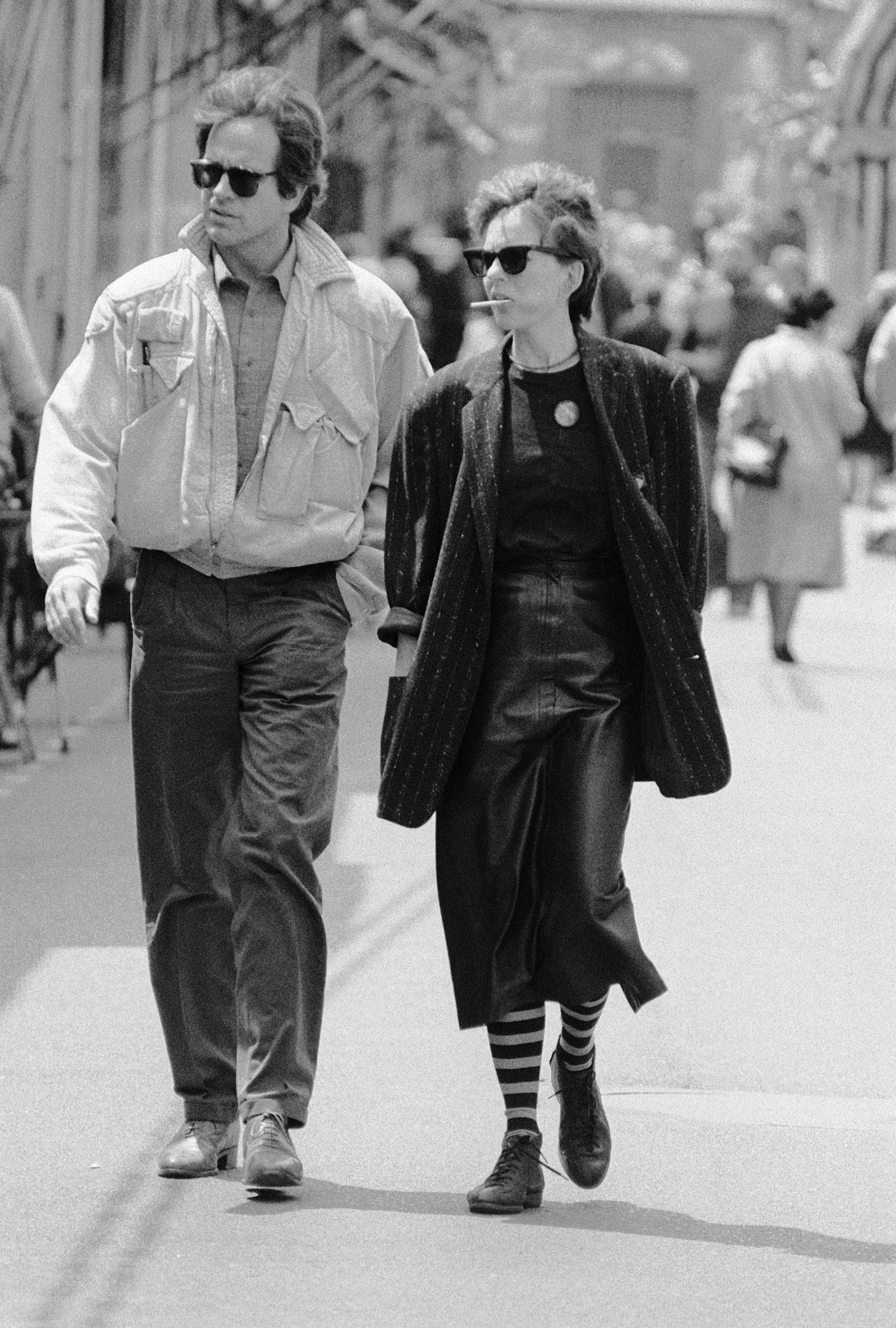
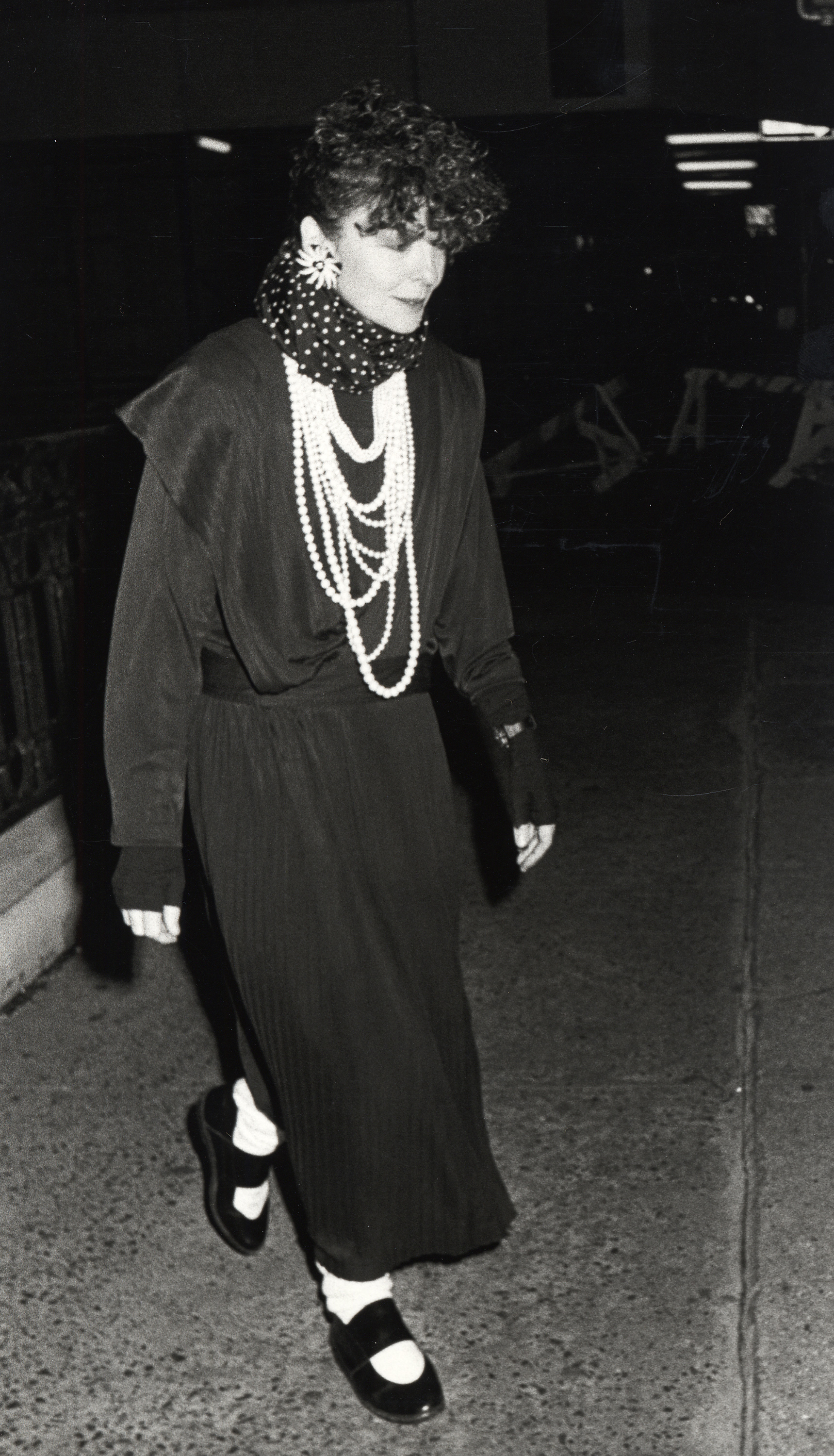
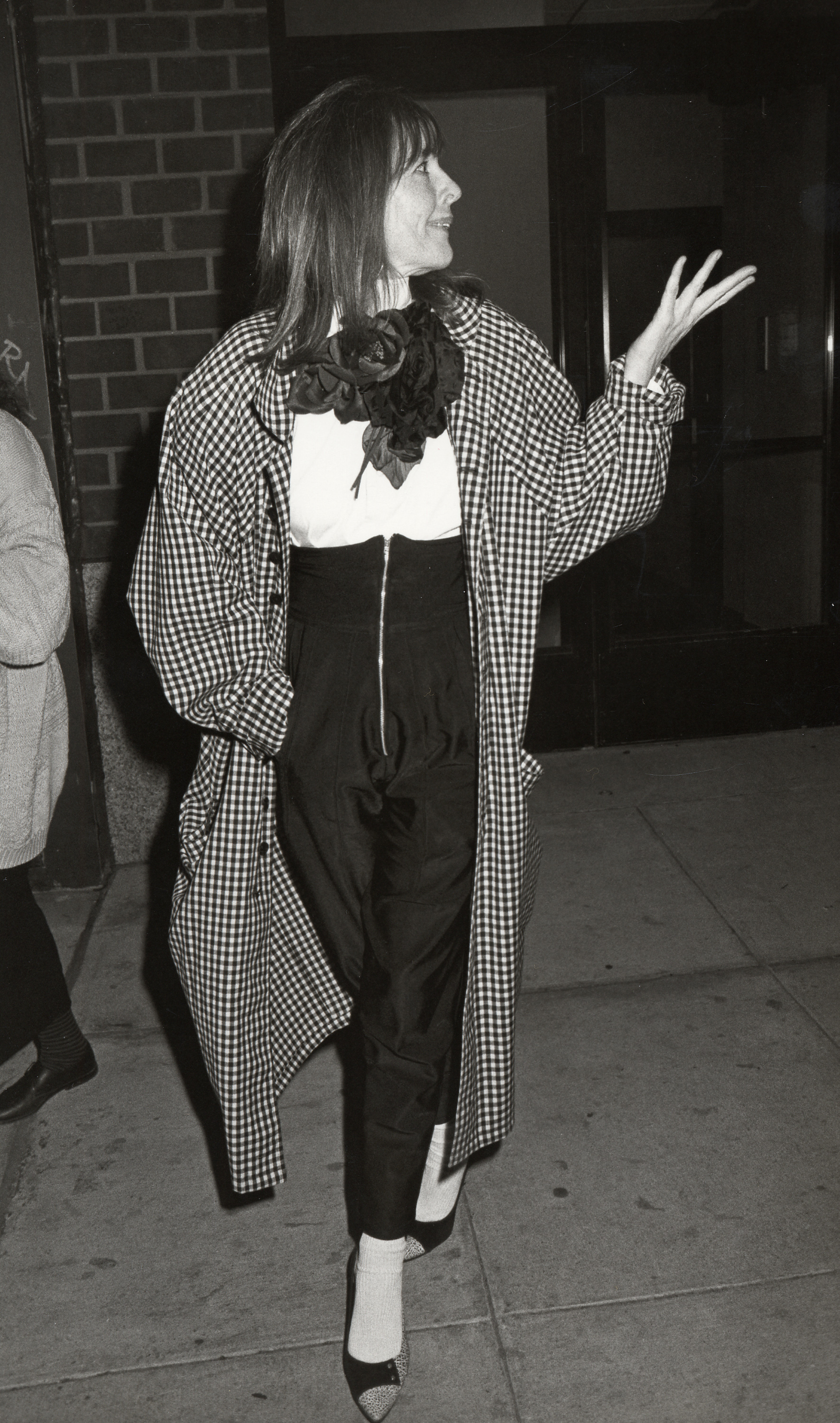
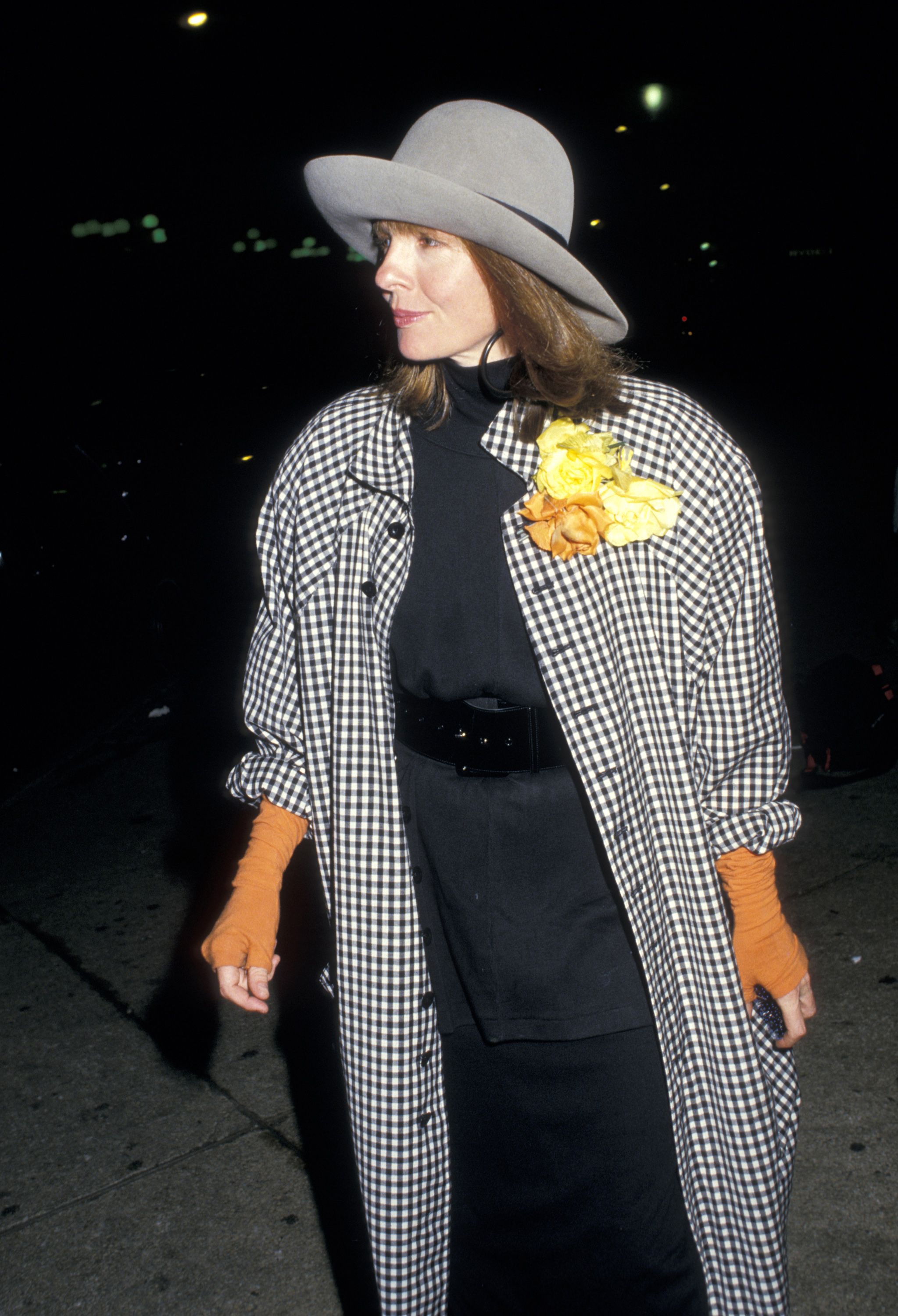
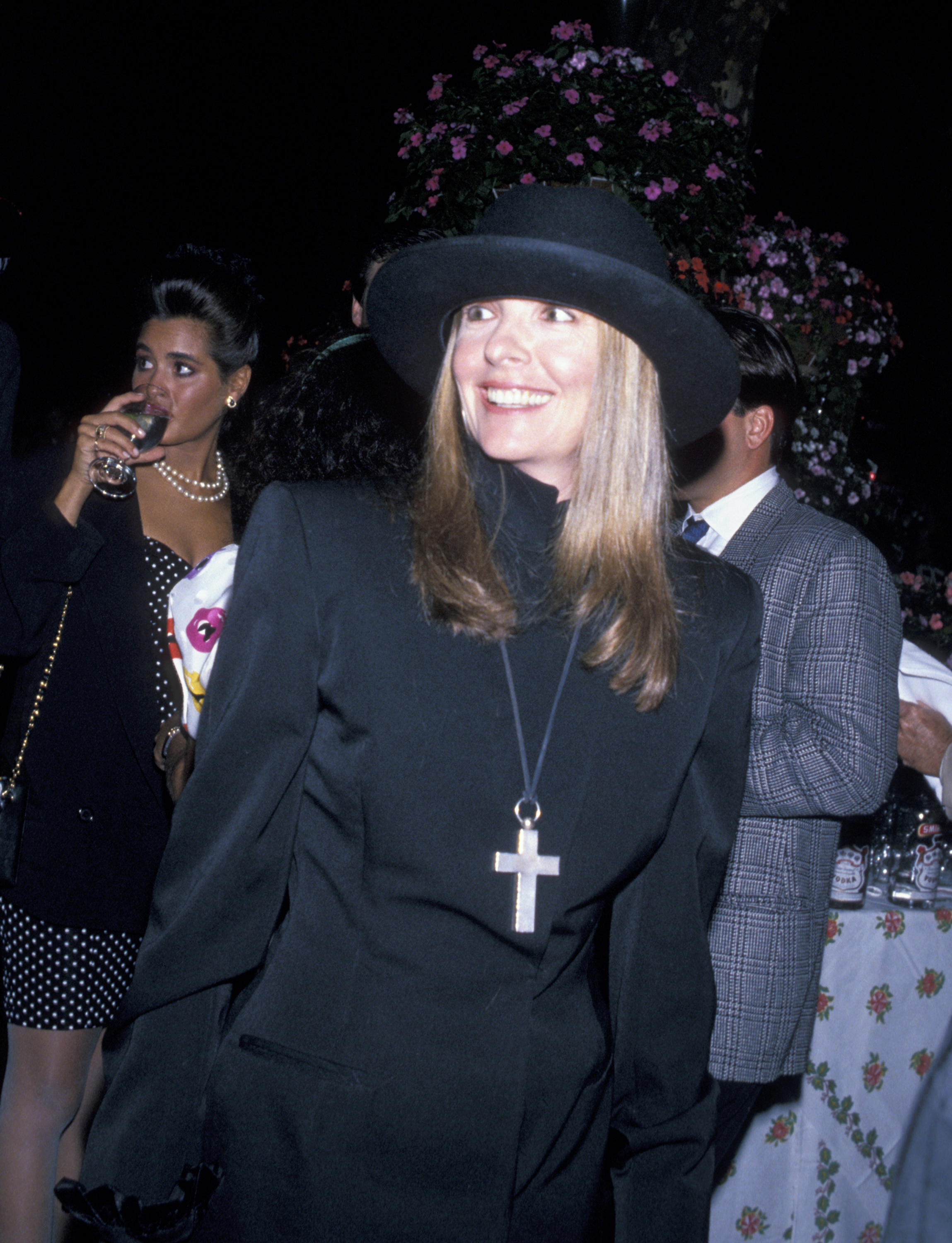
At first glance, the 1980s—with its penchant for power dressing and masculine dress codes—might’ve seemed like a good fit for Diane Keaton, especially in contrast to the previous decade’s dominant fashion themes: hippiedom, disco, punk. But the suits of the ’80s came with a heavy dose of high-gloss glamour. Sure, women were now more likely to be seen in tailoring, but on the runway, that translated to a more sultry style of suiting: the waists were small, the shoulders amplified, and the heels spindly and high.
Keaton’s version of power dressing didn’t play the corporate game. That’s not to say she was entirely immune to the changing tides; she sharpened her silhouettes and swapped out the rumpled thrift-store energy of the ’70s in favour of crisper cuts: high-waisted trousers, belted blazers, leather gloves, and tall boots. The hats remained ever-present. Her colour palette stayed neutral and grounded; her clothing functional rather than frivolous, despite its somewhat cartoonish quality—think René Magritte bowler hats and a playful use of layers.
Diane Keaton in the 1990s
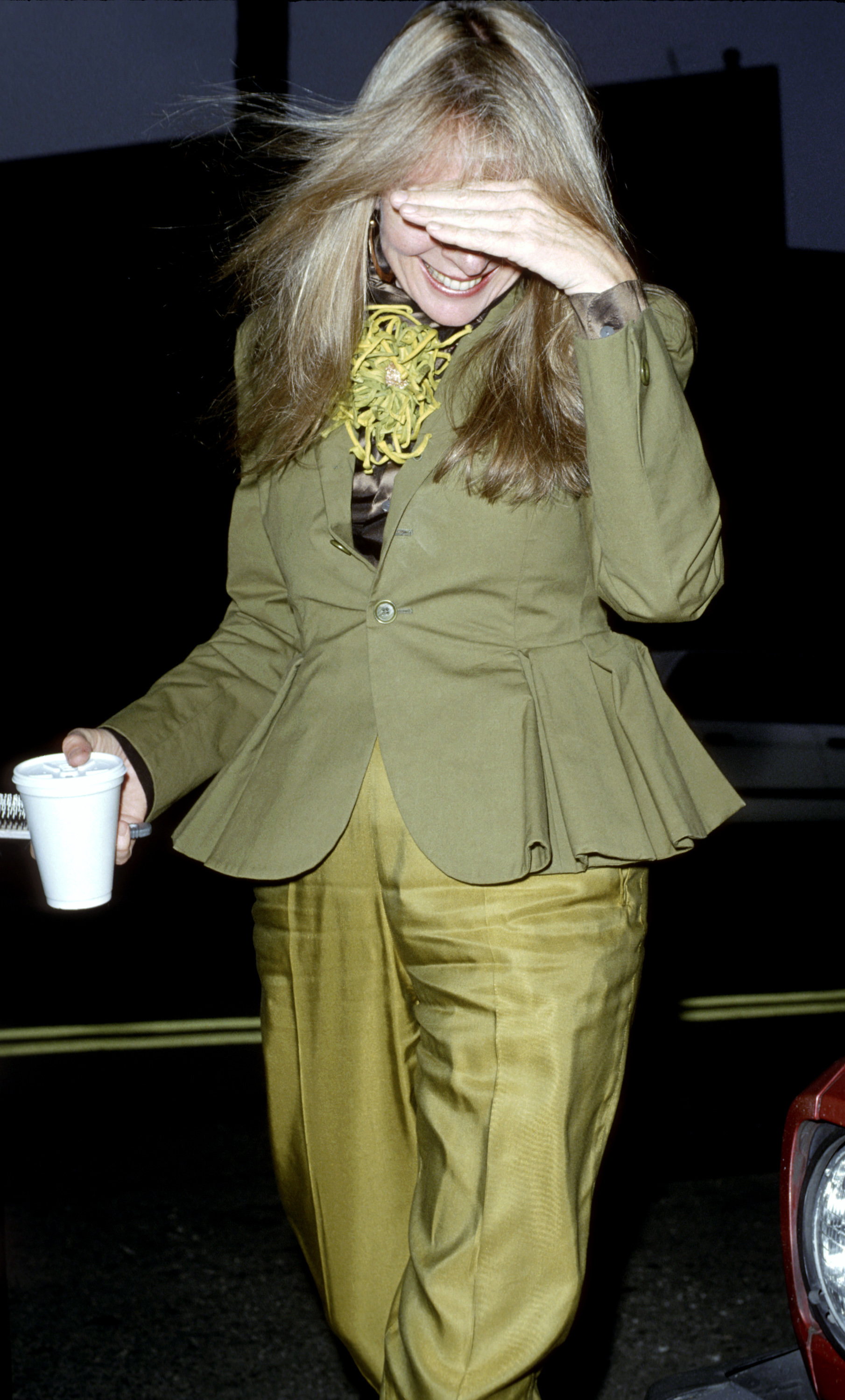
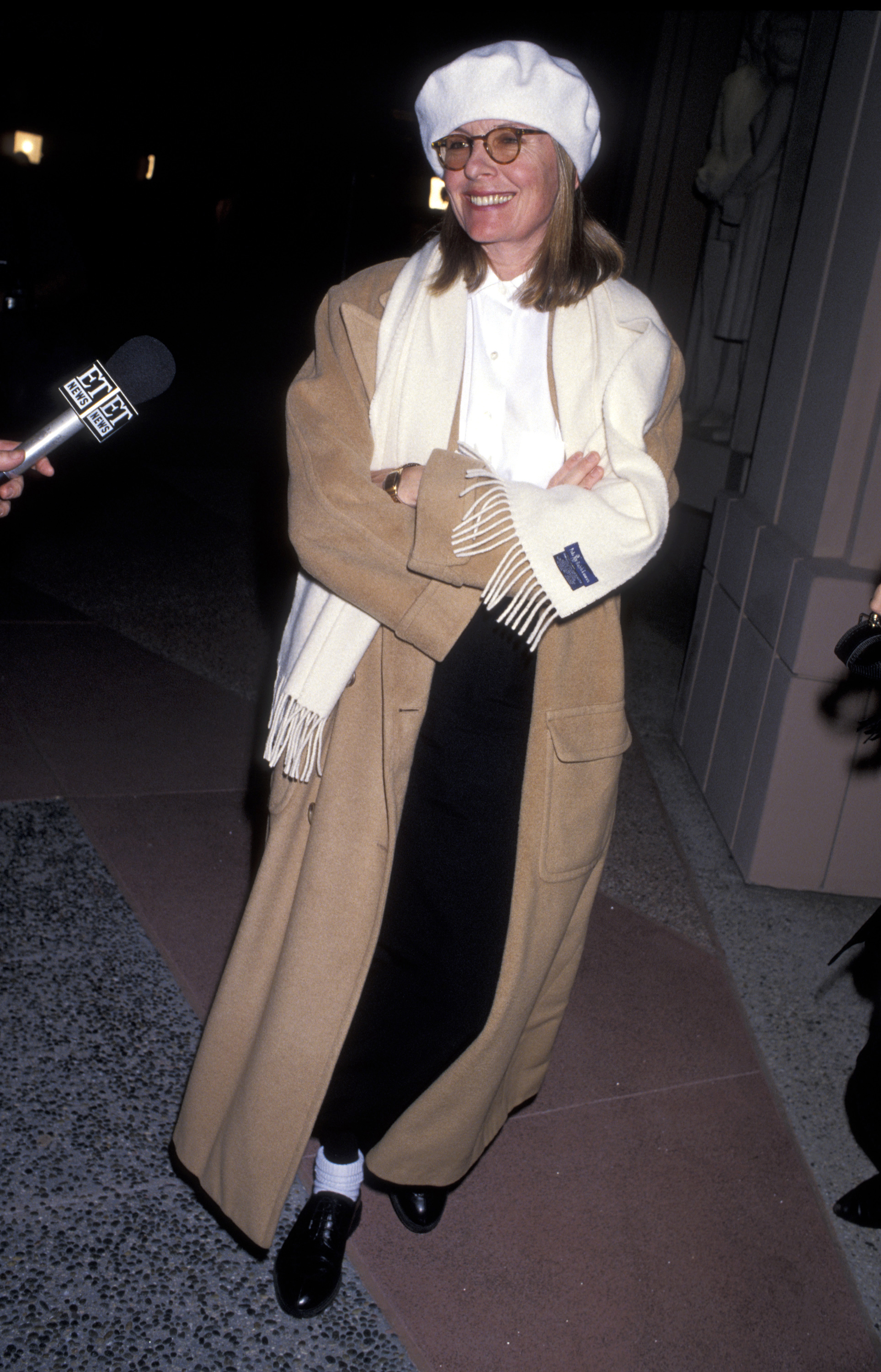
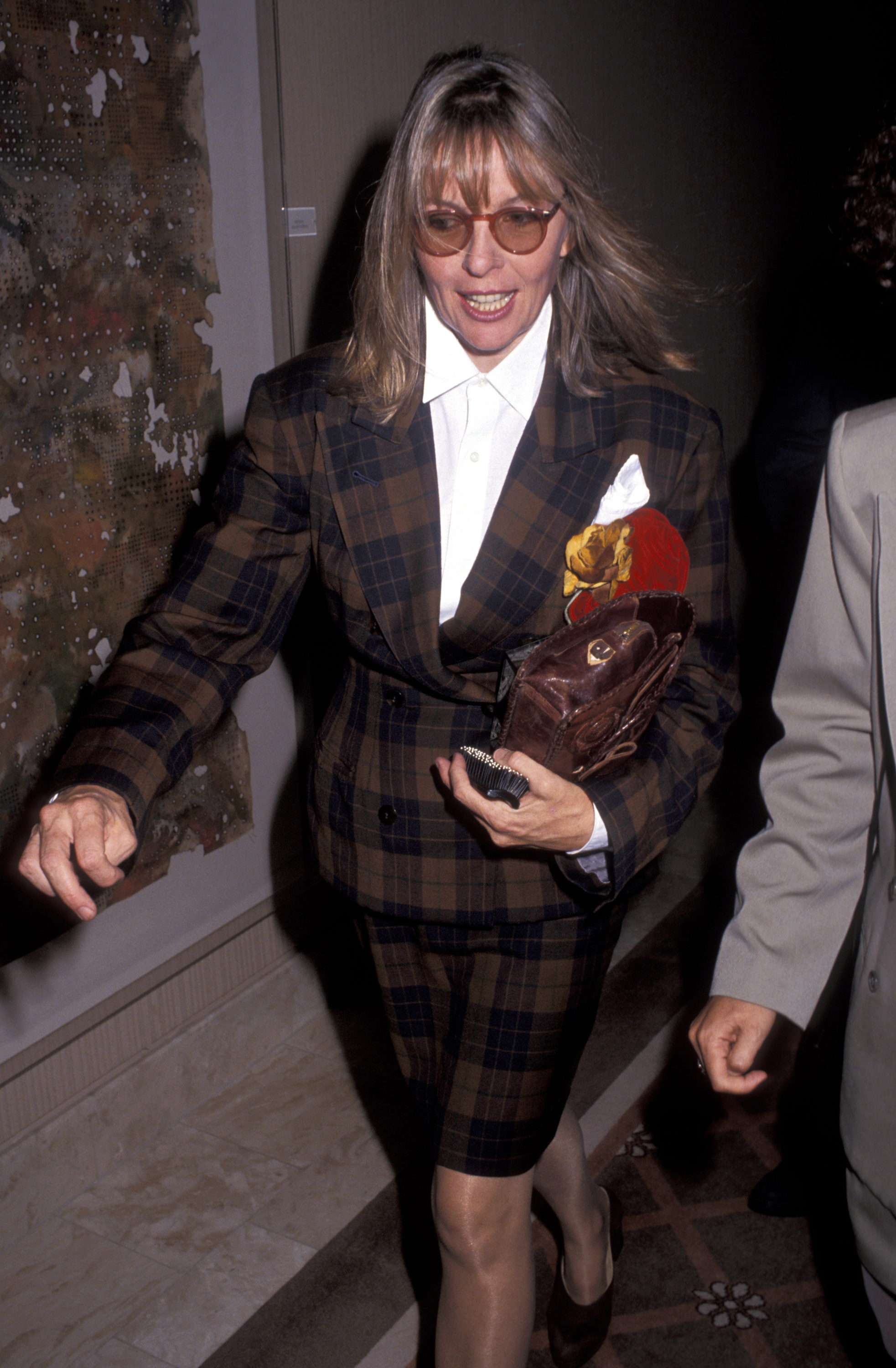
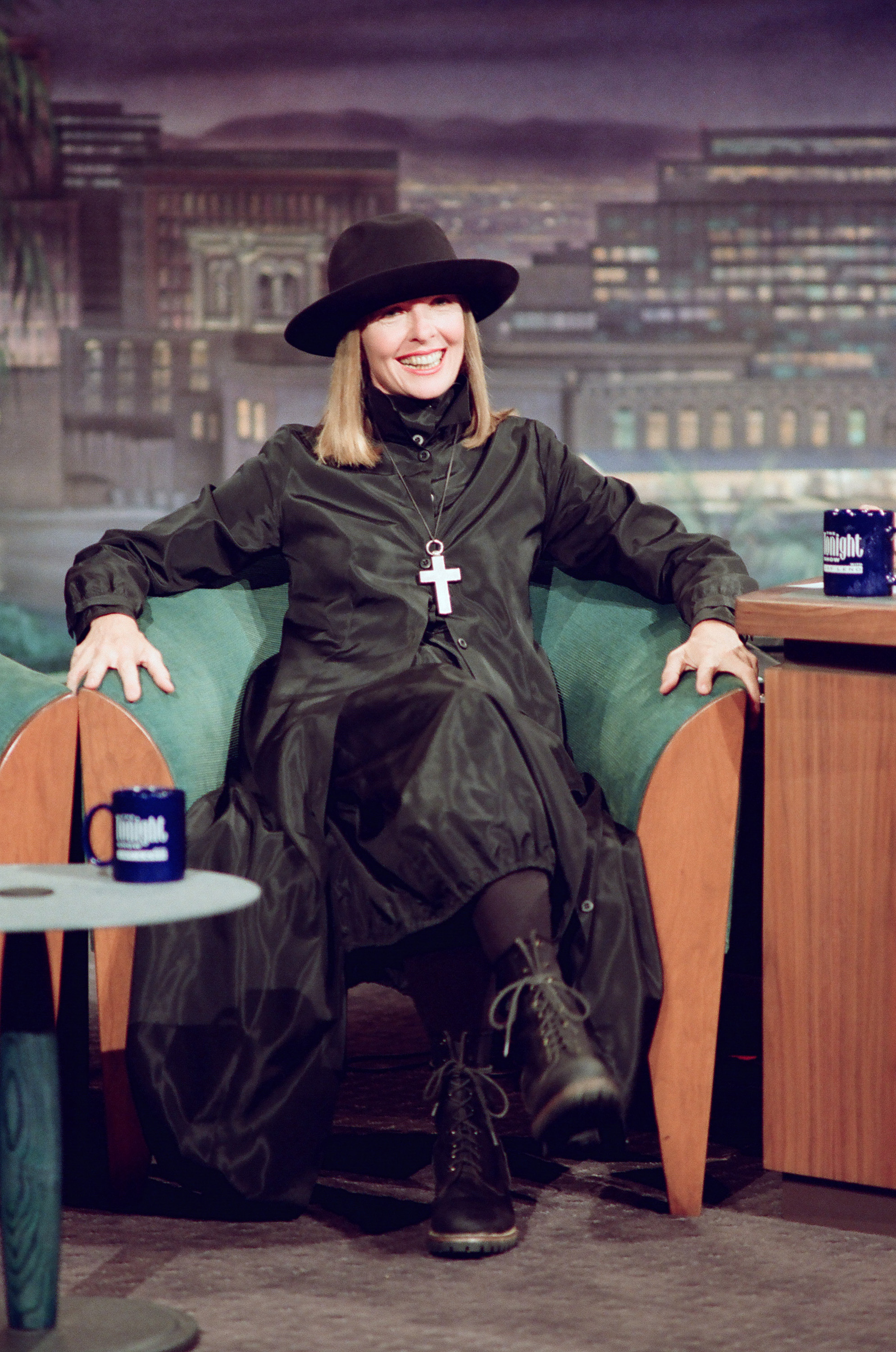
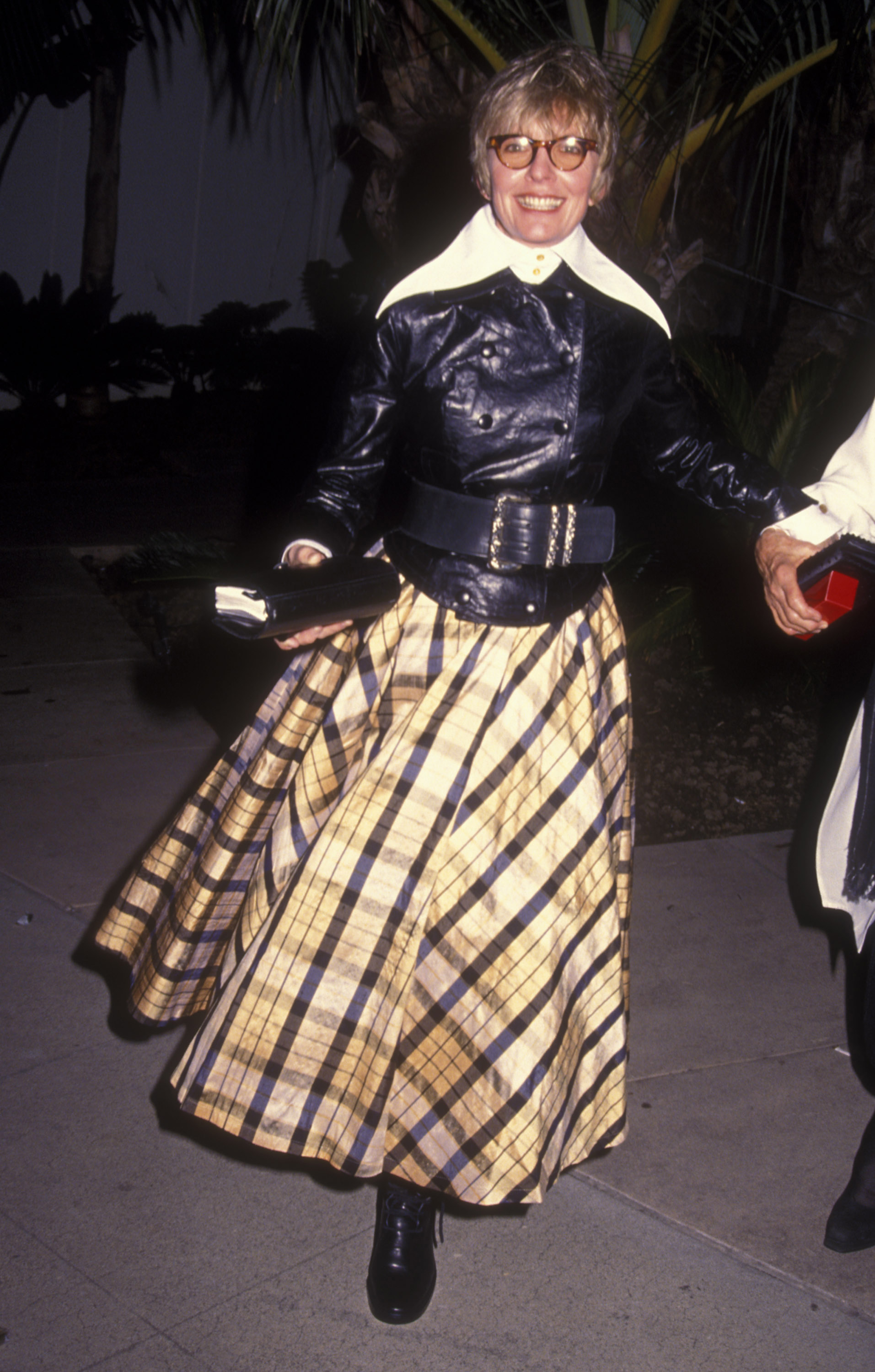
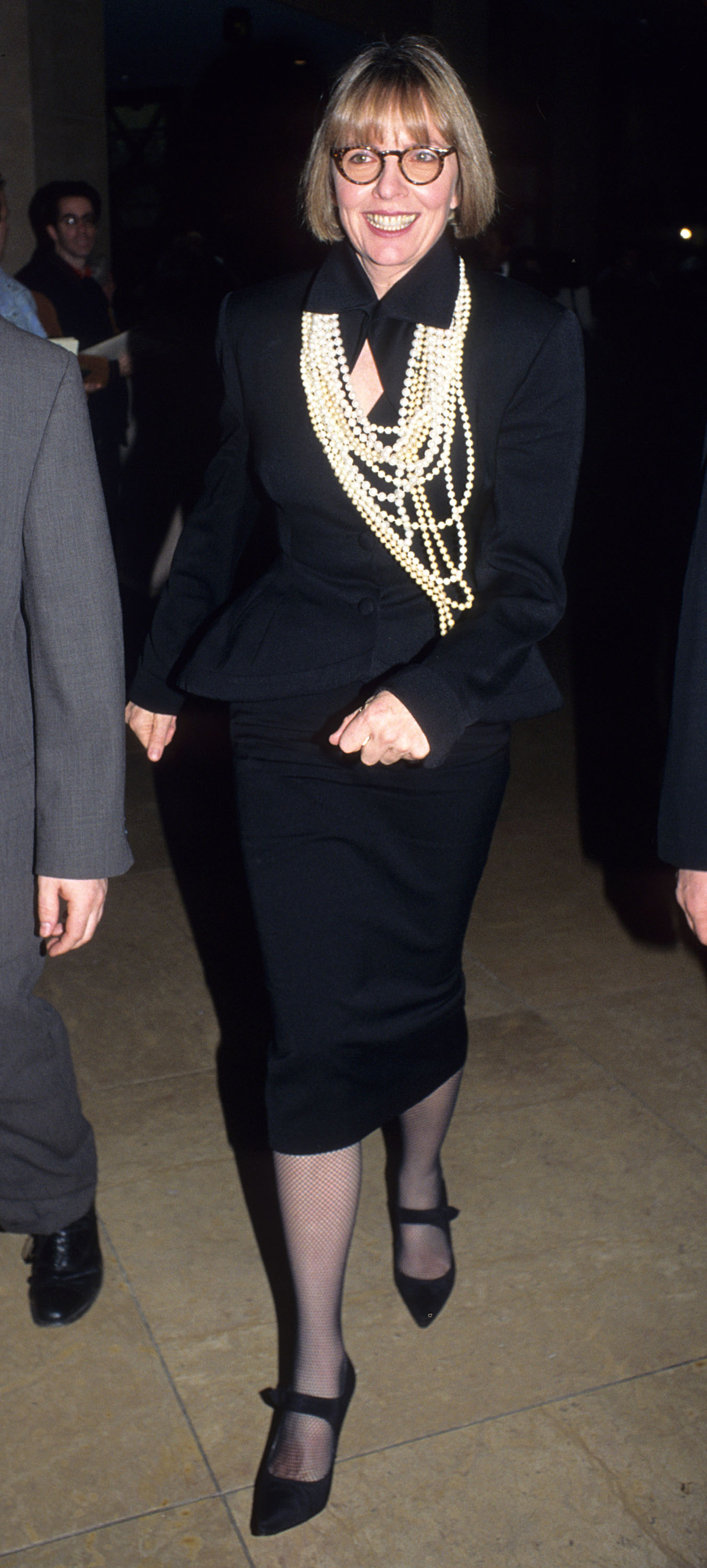
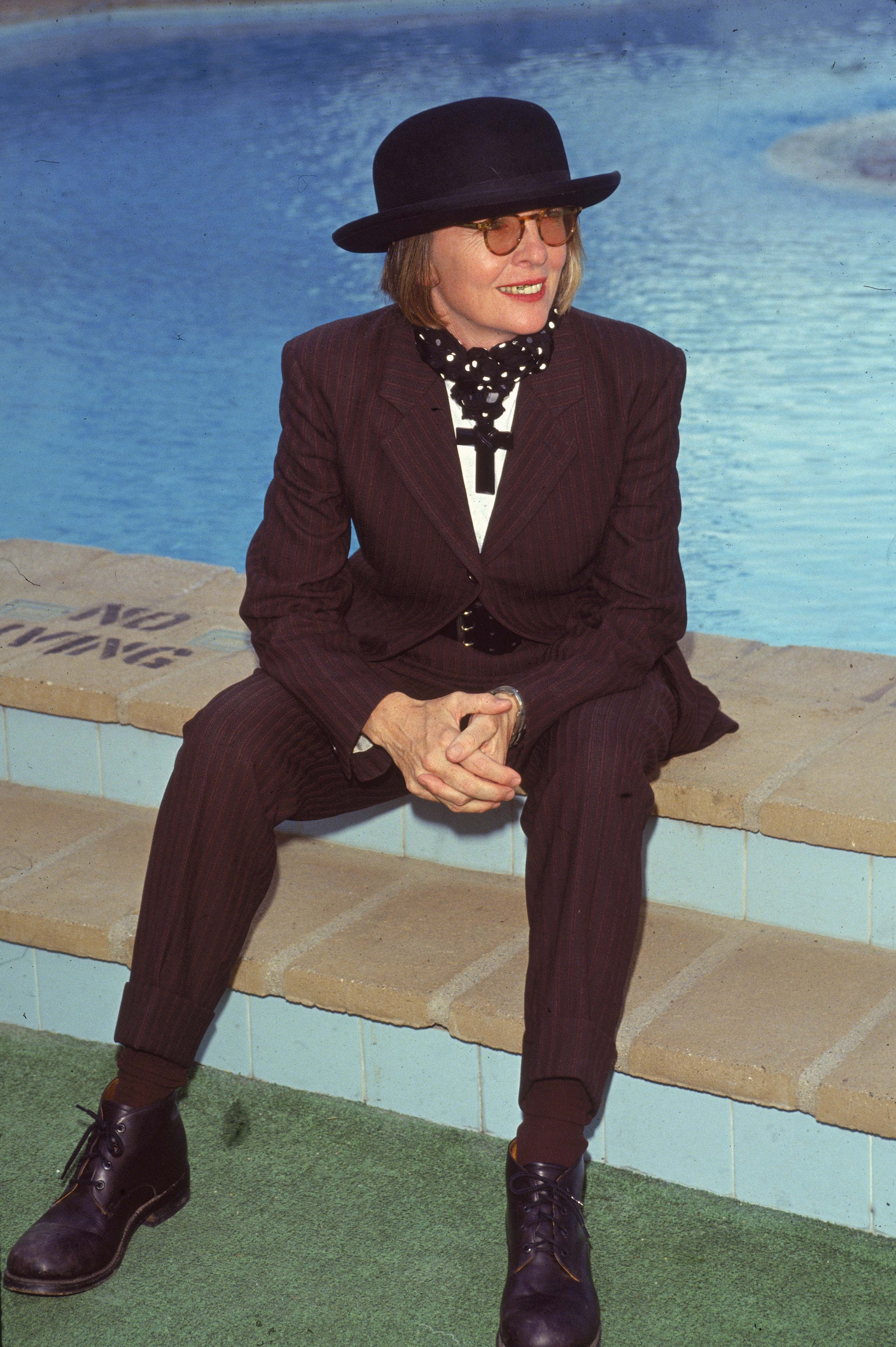
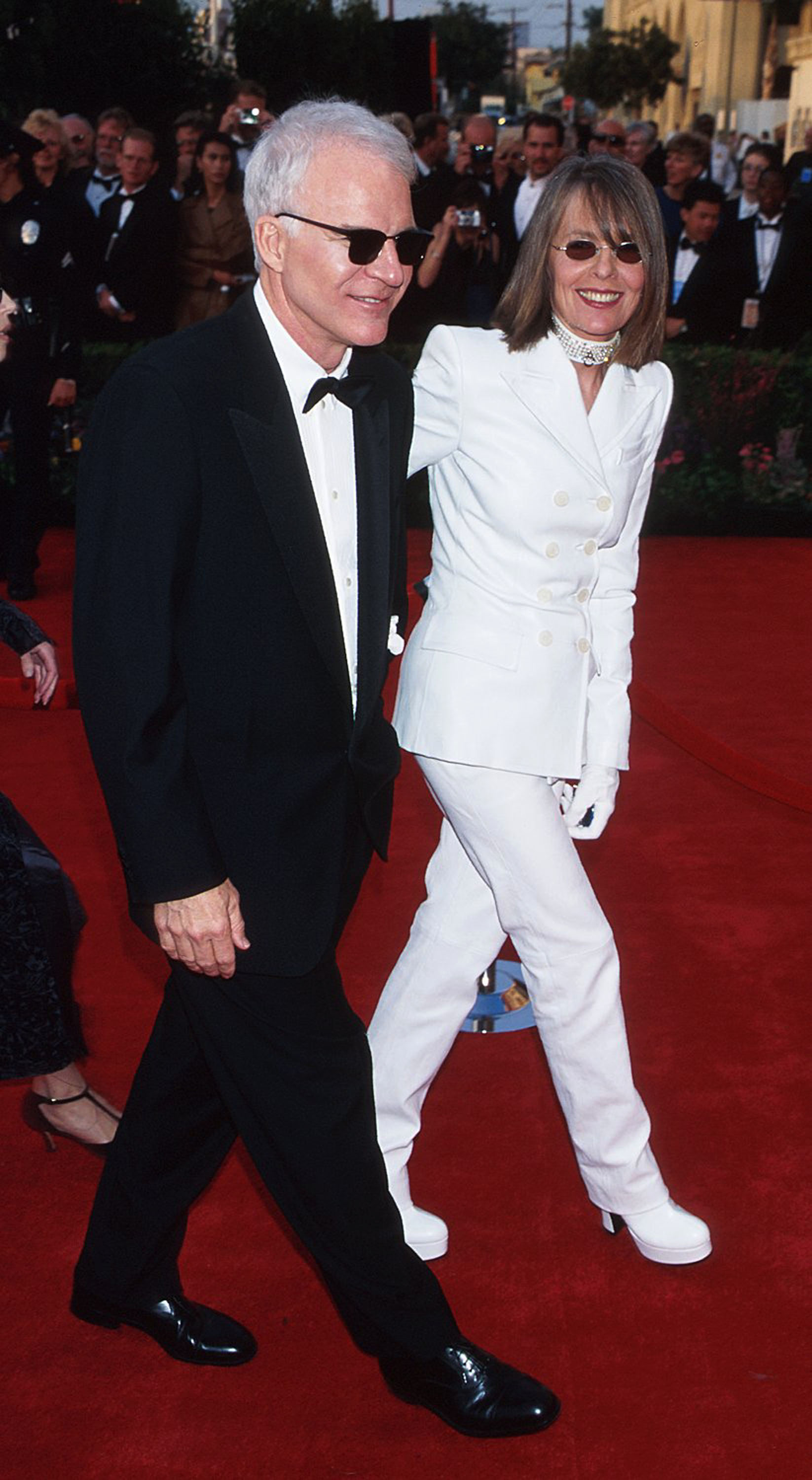
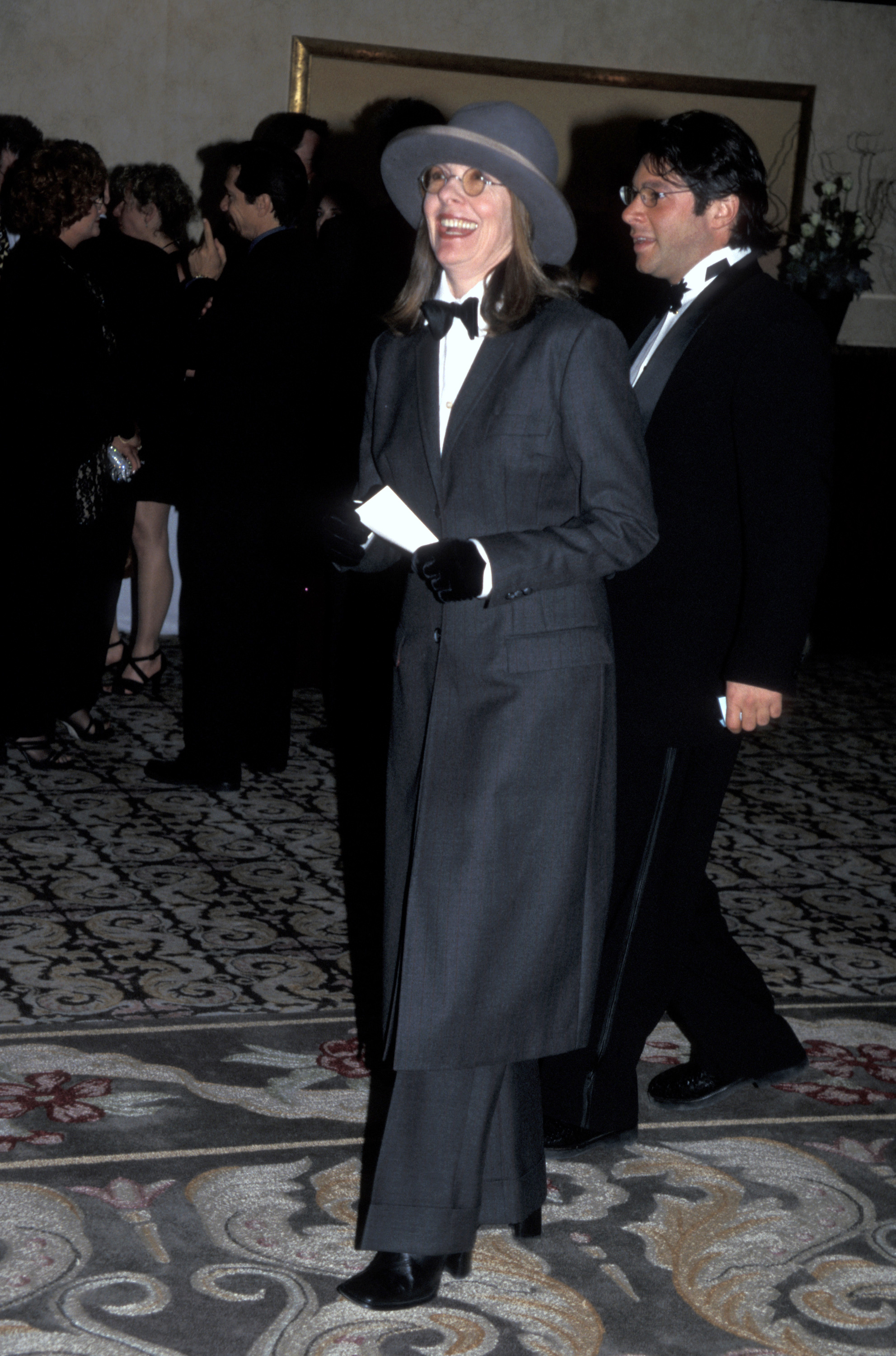
If the ’80s were all about maximalism and excess, then it made sense that the following decade would champion its opposite—a sartorial slate-clean in the form of stripped-back minimalism. Calvin Klein reigned supreme, and the red carpet became a parade of spaghetti straps. Naturally, Keaton skewed sideways, embracing volume, texture, and wit. Her outfits became more exaggerated and more refined, but no less hers. A double-breasted all-white suit paired with patent platforms at the 1997 Oscars offered a cheeky nod to Father of the Bride co-star Steve Martin’s early stand-up persona (who’d, in turn, riffed off Tom Wolfe).
Also in the mix: dramatic coats, A-line skirts layered over trousers, thick belts cinched at the waist, and oversized glasses—which were beginning to outnumber the hats in both presence and frequency.
Hollywood is an especially brutal place to be a woman—particularly a woman in her 40s and 50s—and many female stars are encouraged to soften or sexualise in order to remain relevant. Keaton chose instead to dial up her eccentricity. There was no attempt to disappear; she remained, as ever, an island of individuality.
Diane Keaton in the 2000s
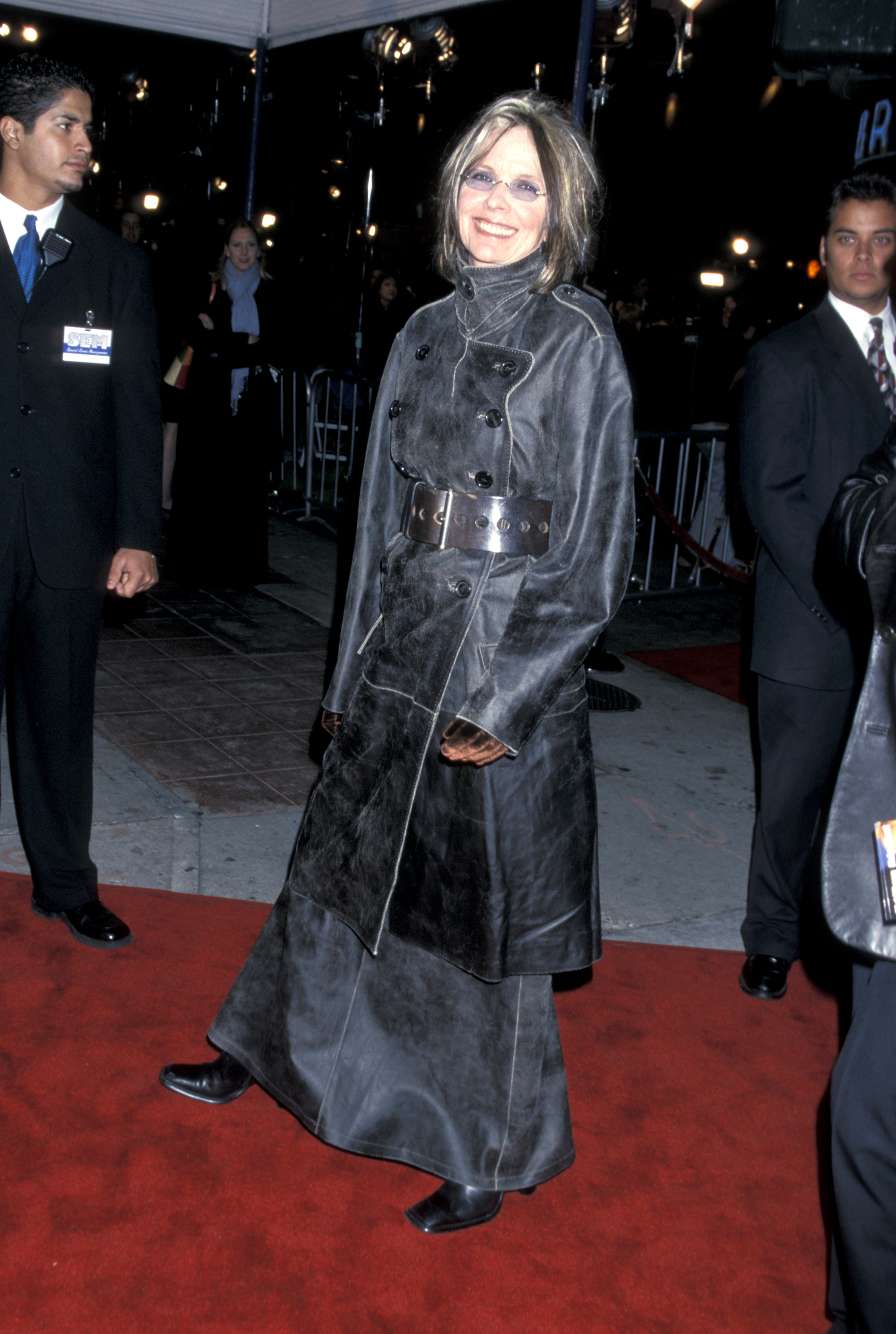
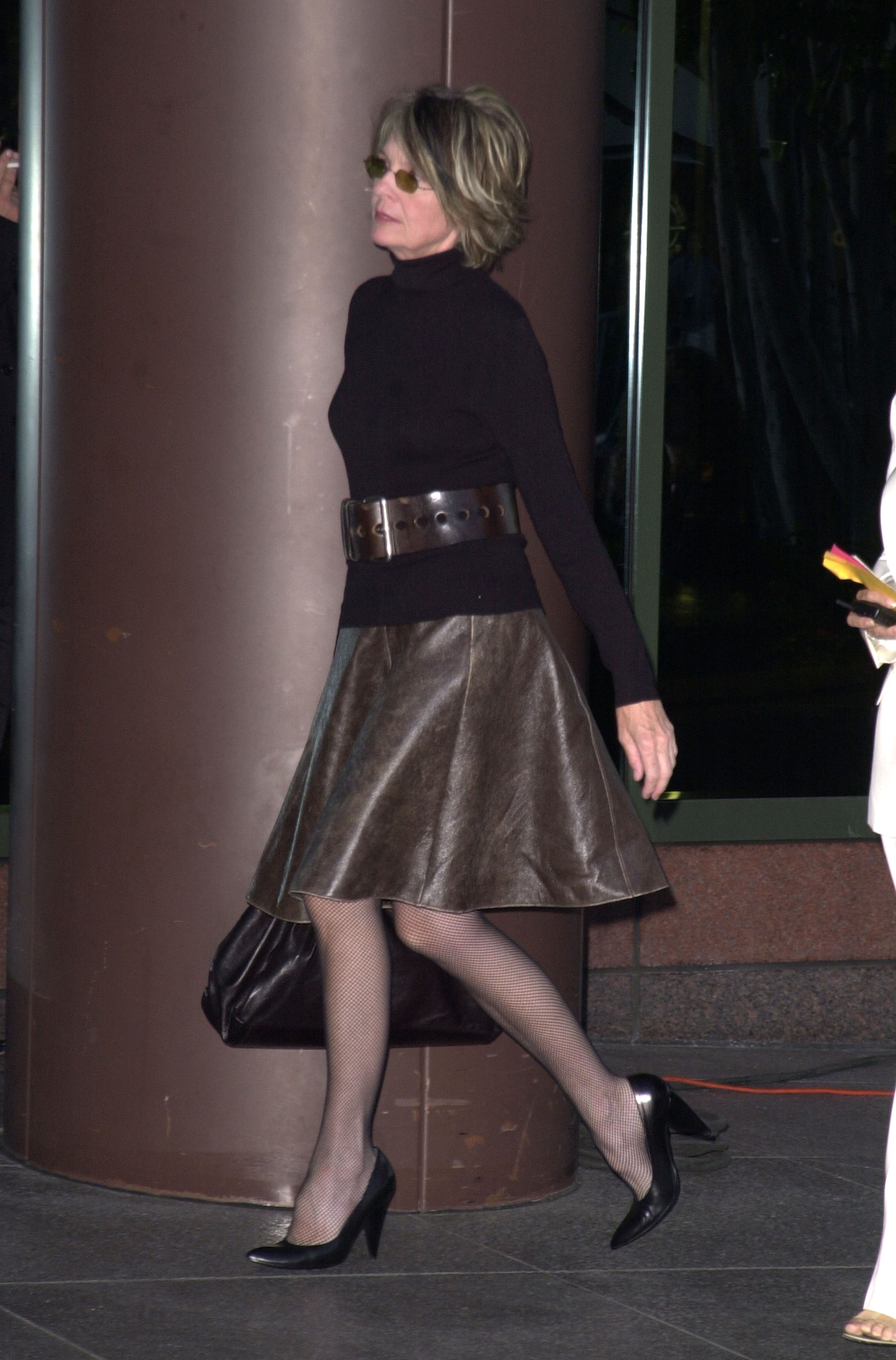
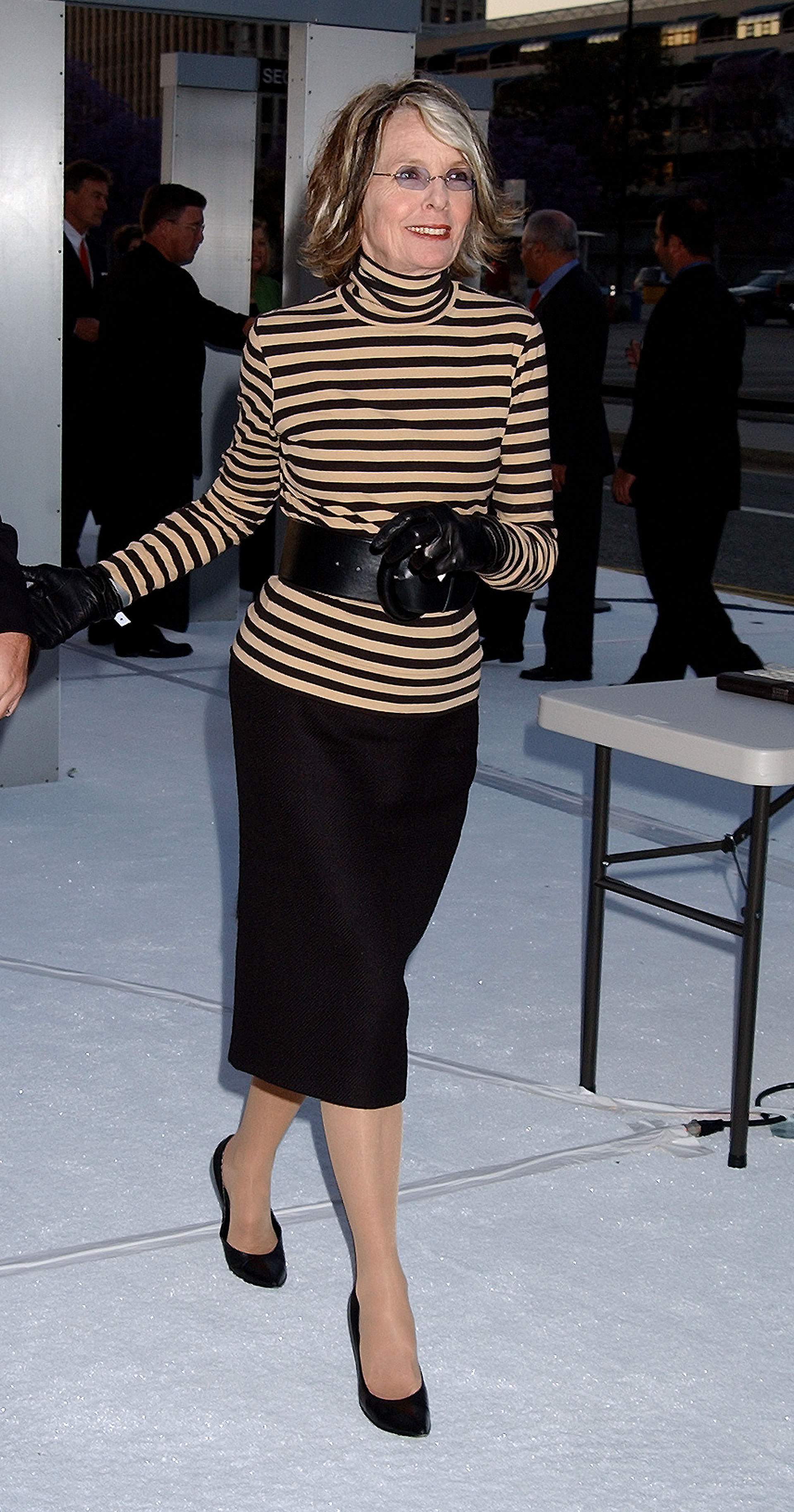
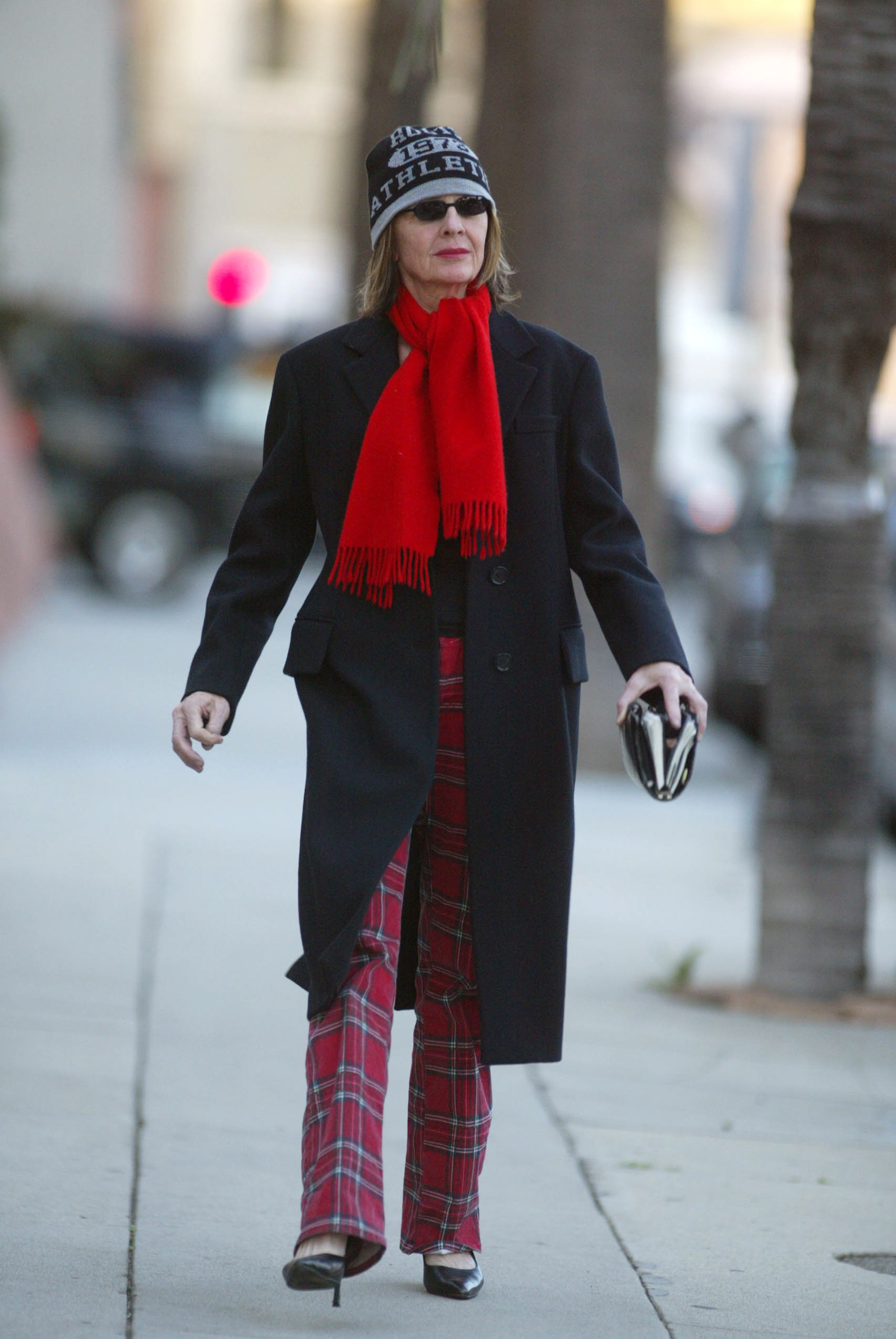
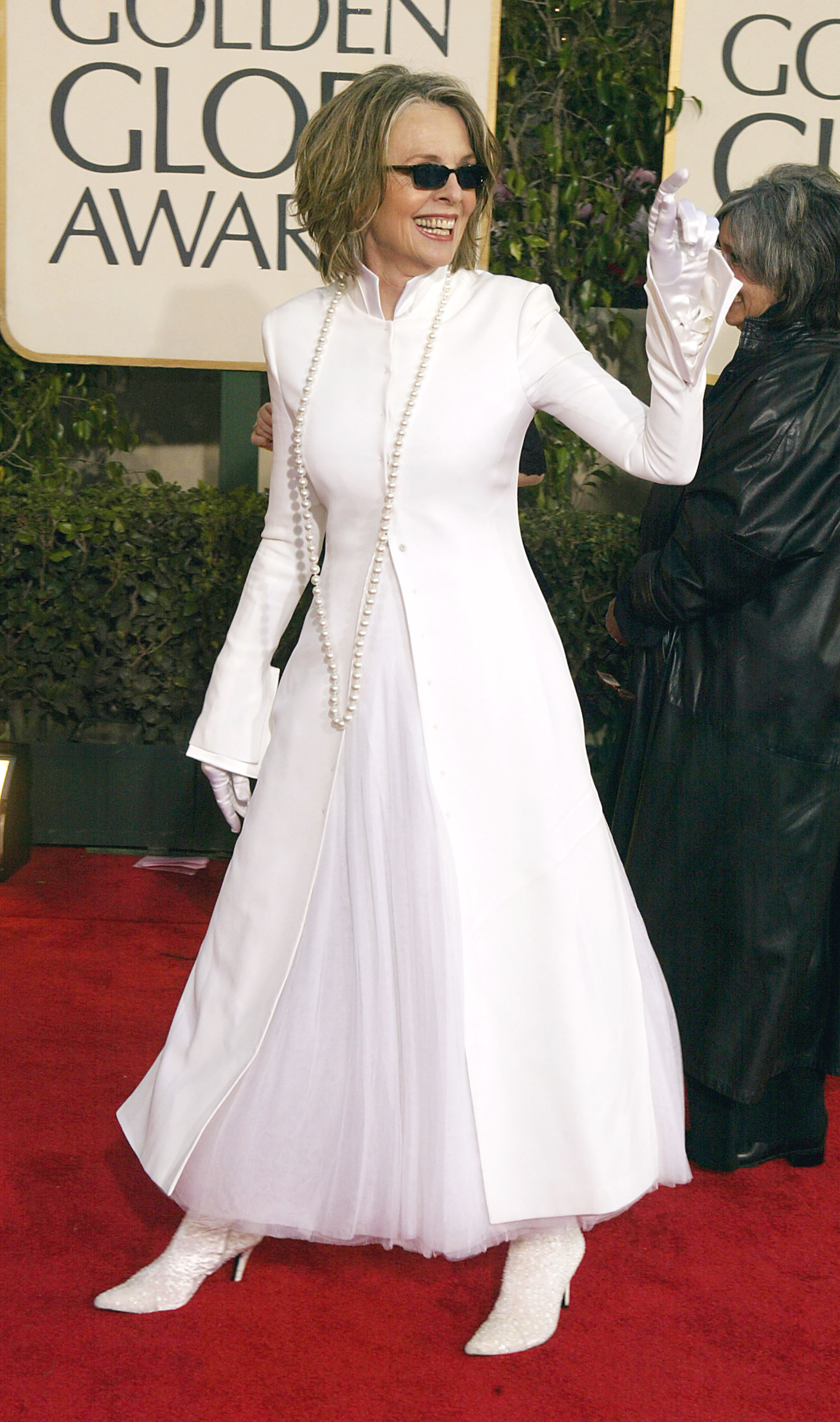
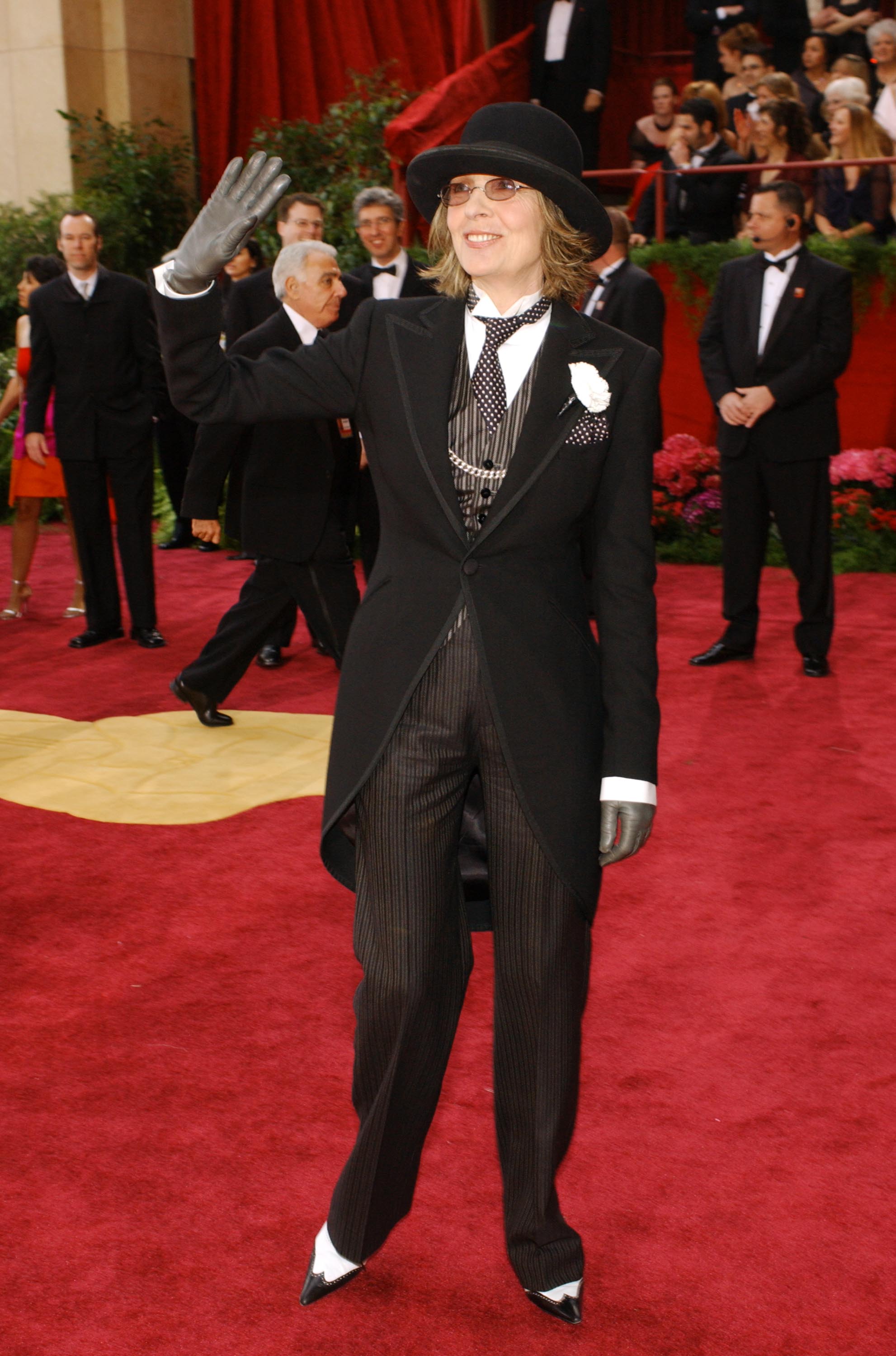
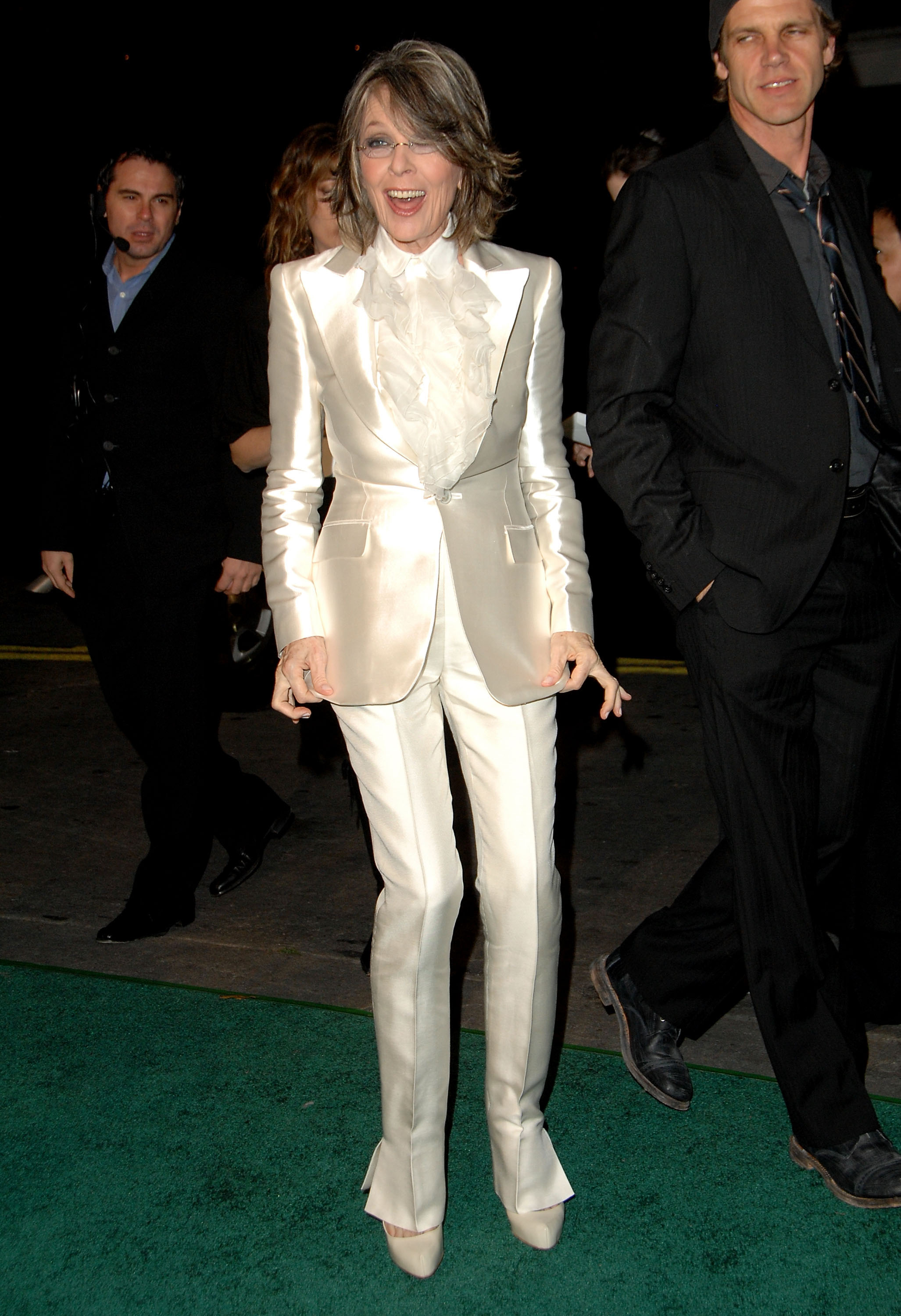
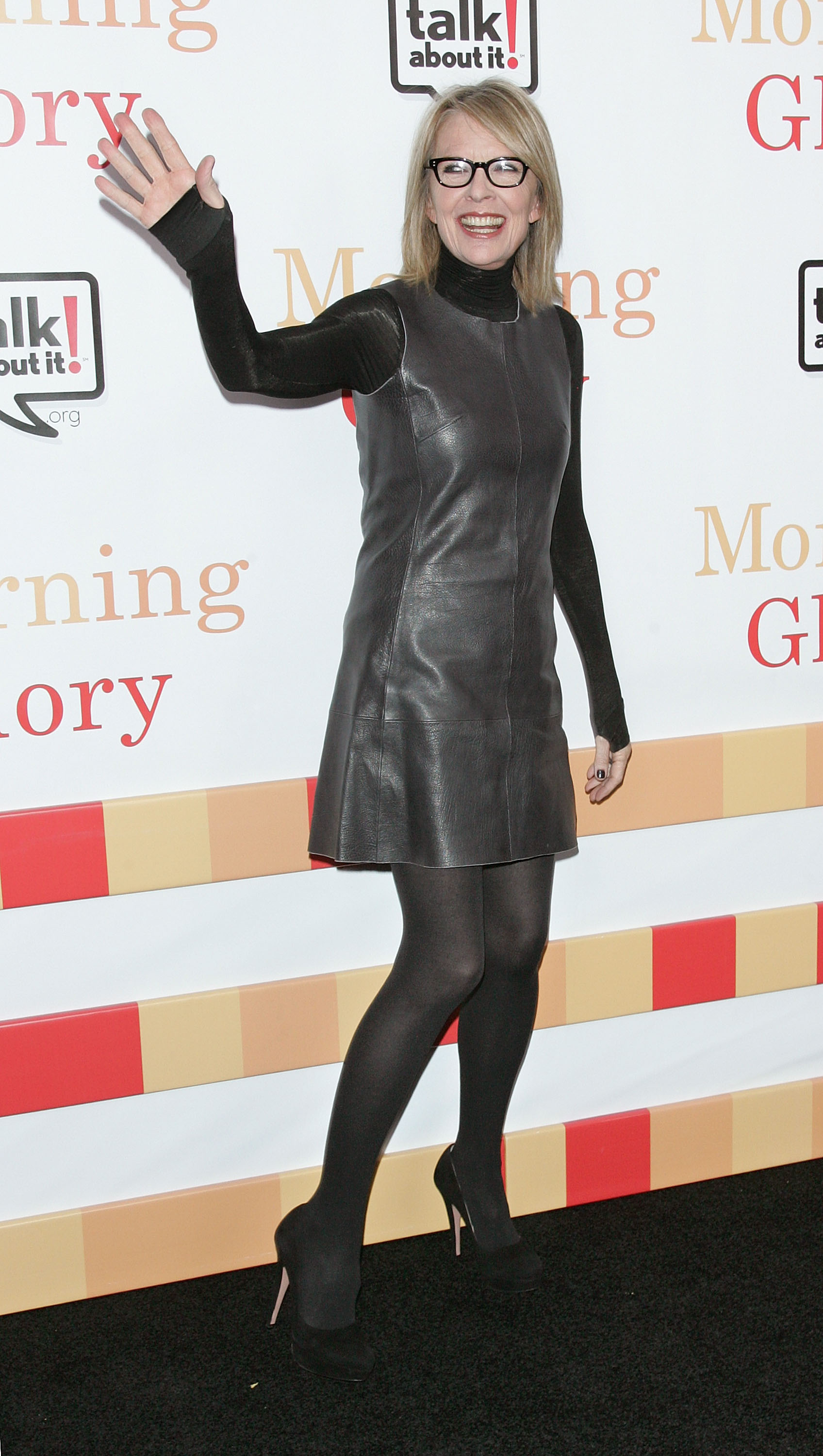
By the early 2000s, Keaton’s style was well and truly recognisable—and refreshingly out of step with the glitzy, body-conscious dresses gripping Hollywood. At award shows, she’d eschew red carpet norms and arrive in three-piece suits, long-line coats, Victorian-style booties, ties, gloves, and an ever-rotating cast of statement hats.
Her silhouette became more theatrical but never detached from reality. Yes, there was the Diane Keaton–Annie Hall character, but there was also a real sense of comfort and ease. She escaped being turned into a caricature of herself—something that befalls so many public figures. Perhaps the trick was that she never seemed to take fashion, or herself, too seriously.
And finally, the world caught up with her. Style critics once baffled by her buckled boots and skirt-over-trouser ensembles began calling her a fashion original, an icon, even. The recognition helped show other women in their 50s and 60s that they didn’t need to shrink, soften, or sex up. Another option was available to them: they could expand into their eccentricities and their autonomy.
Diane Keaton in the 2020s
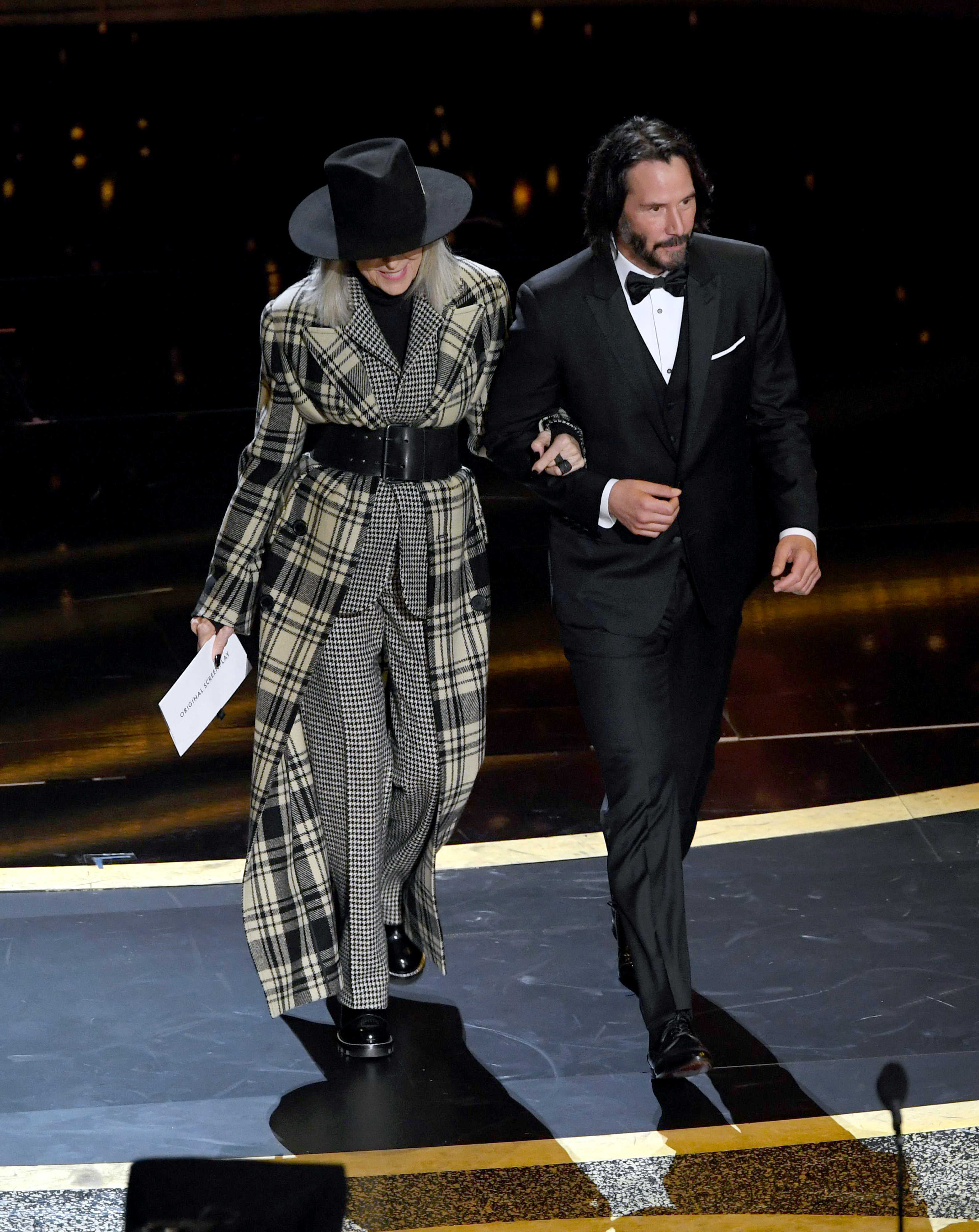
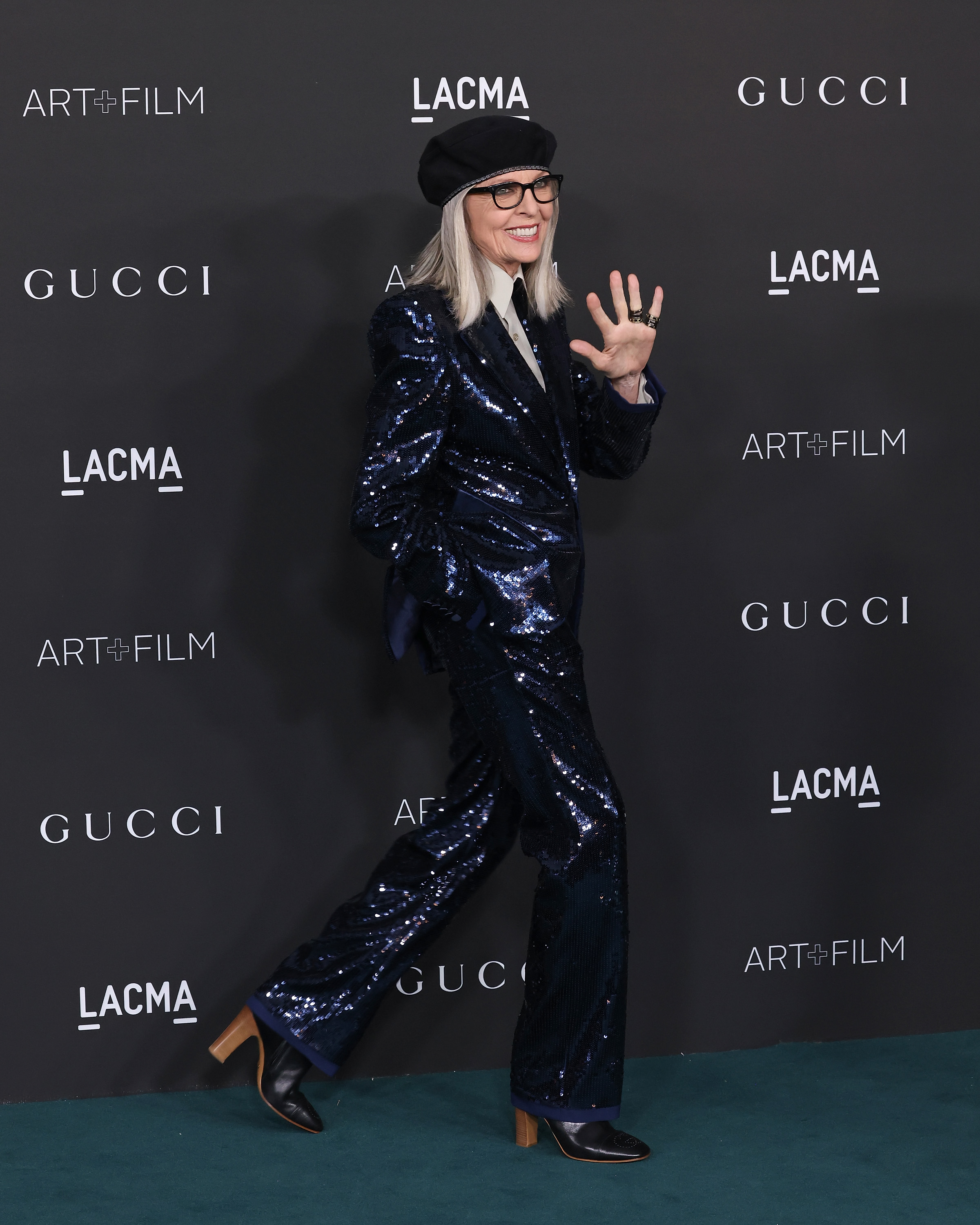
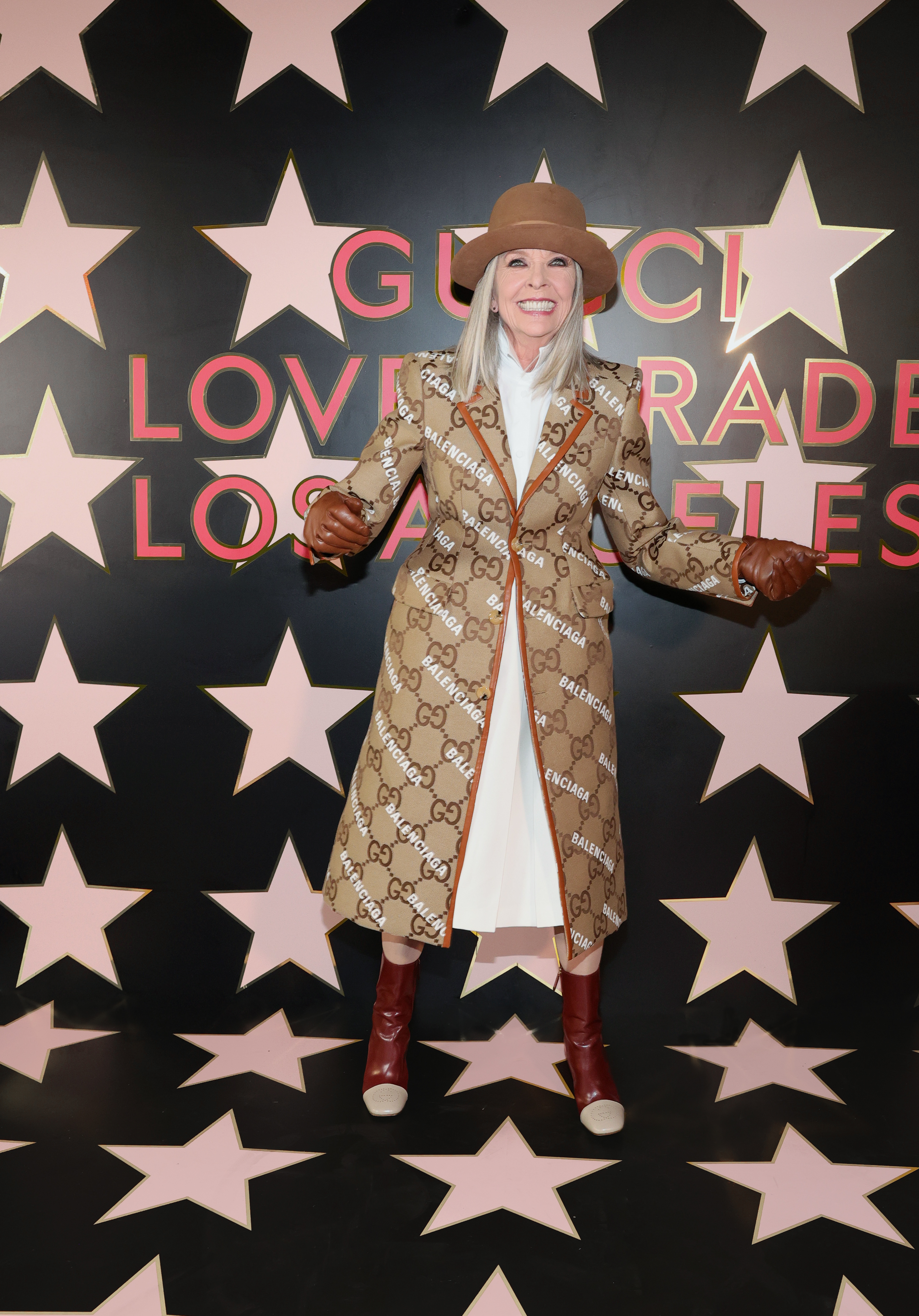
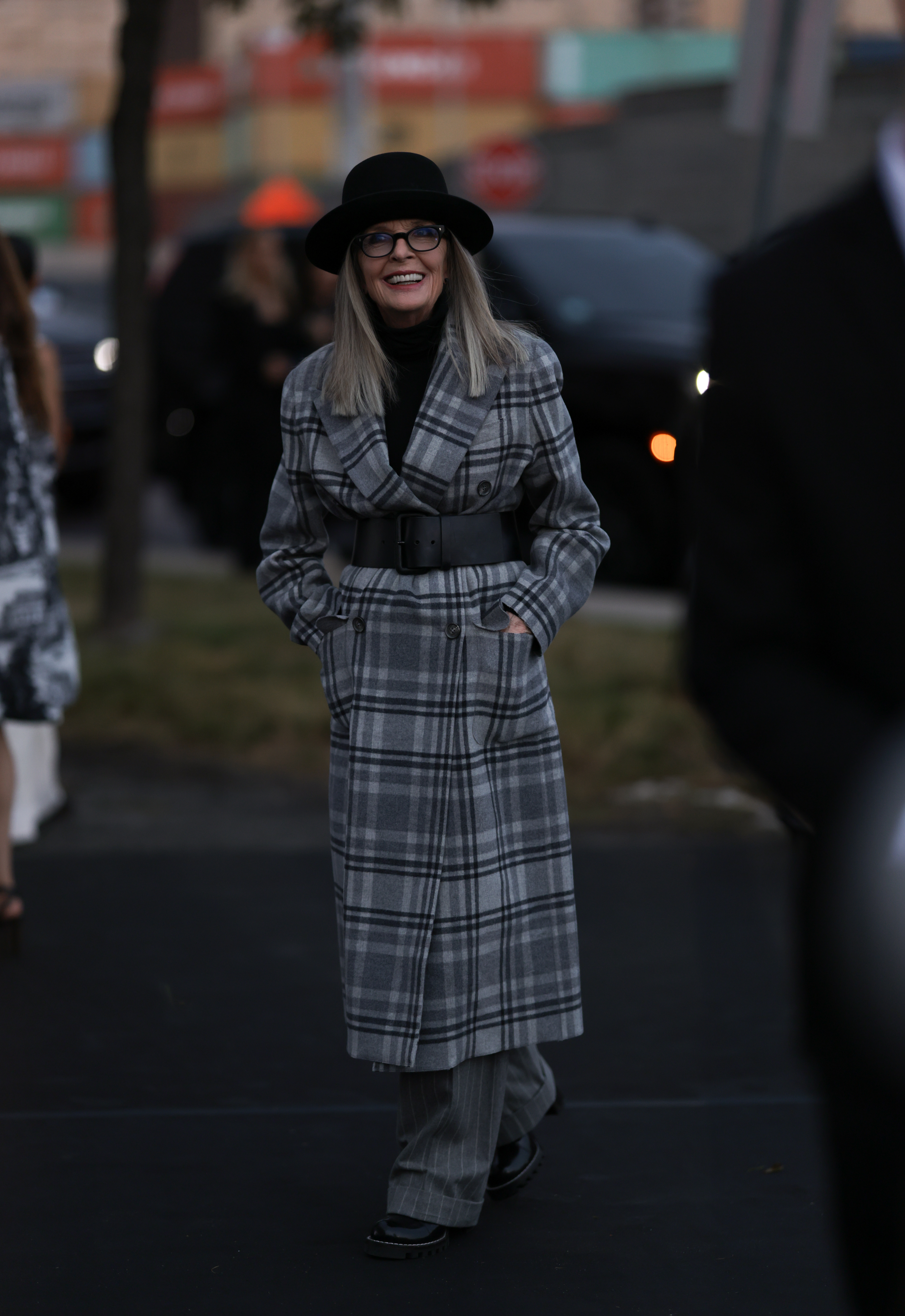
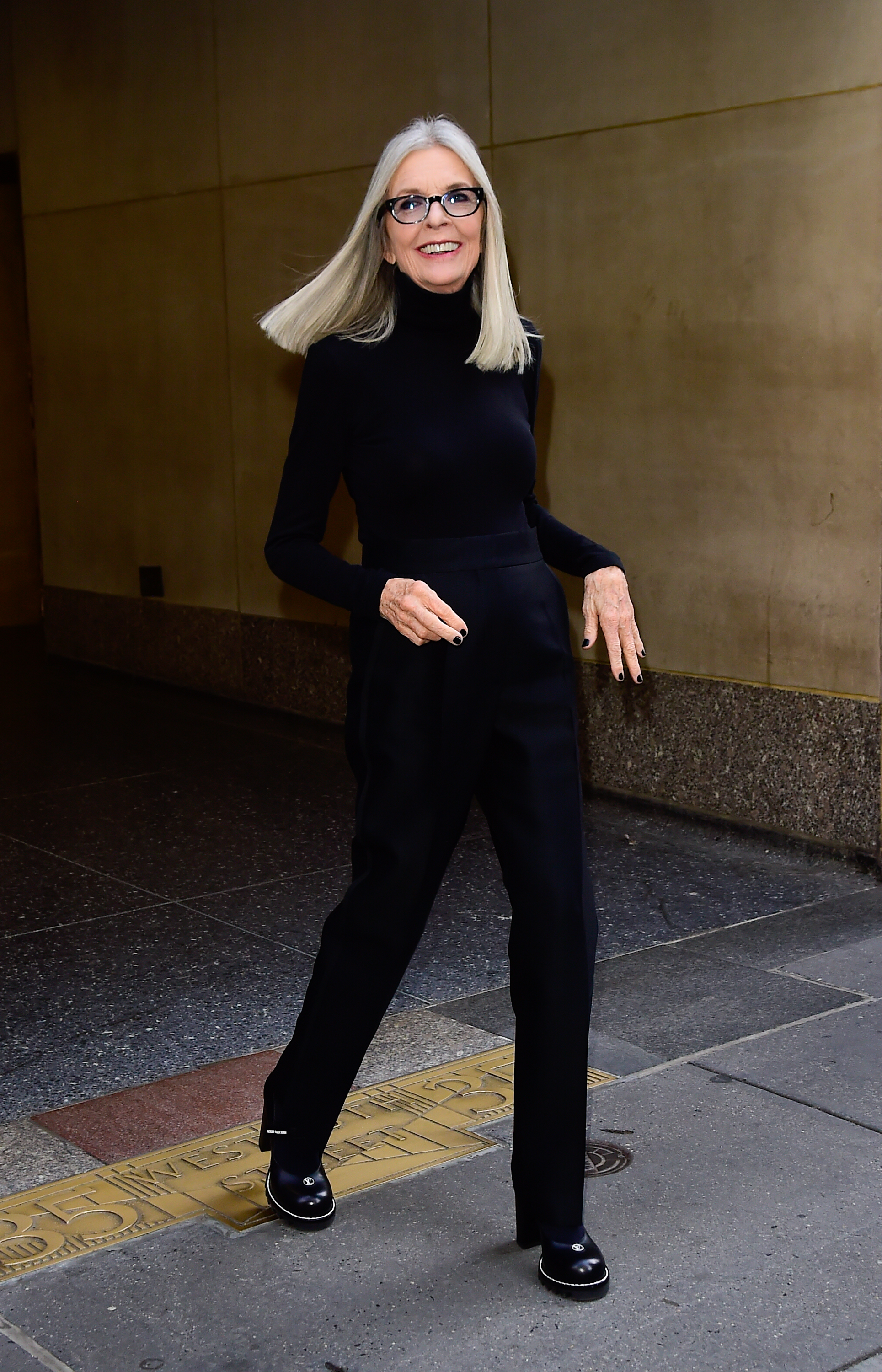
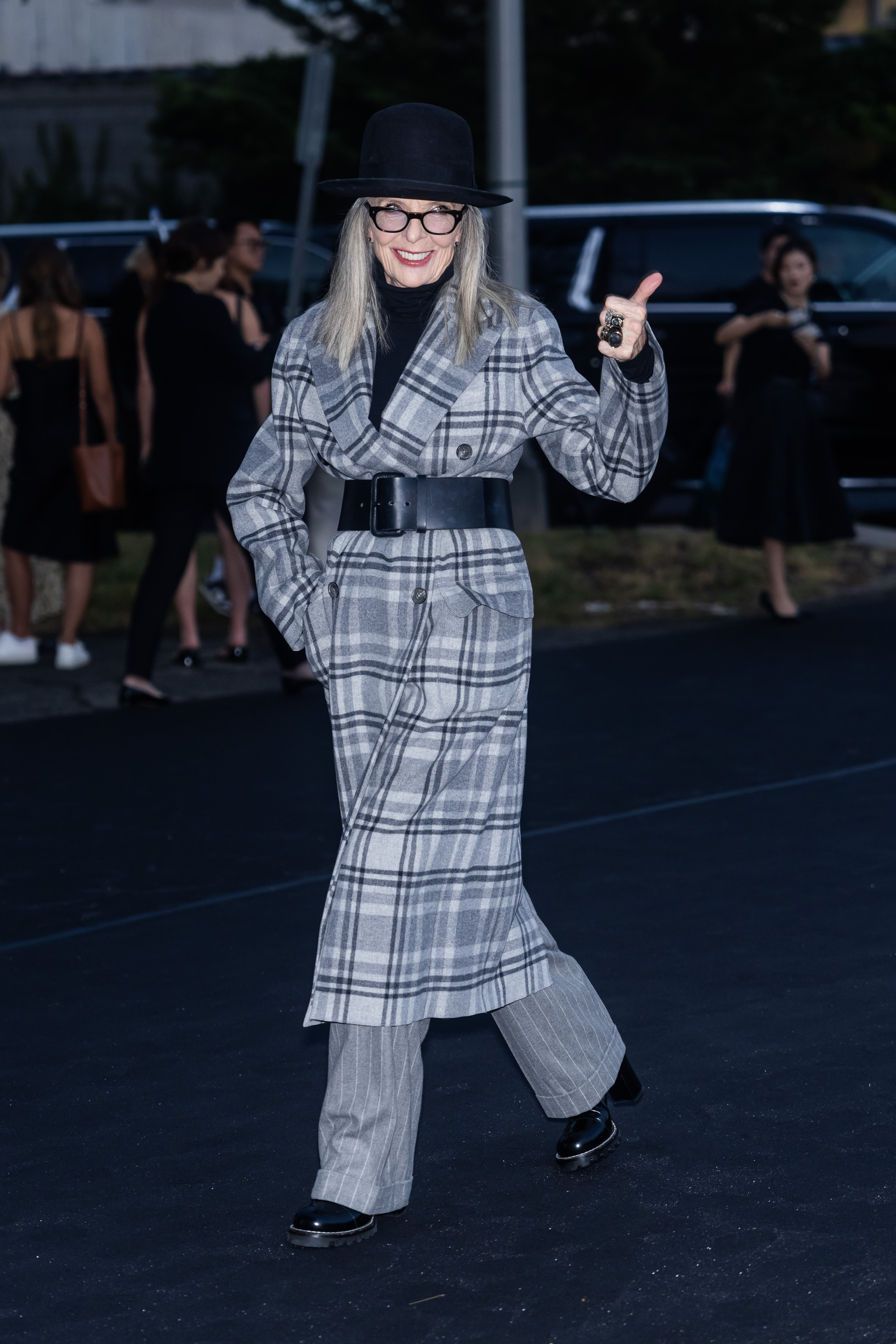
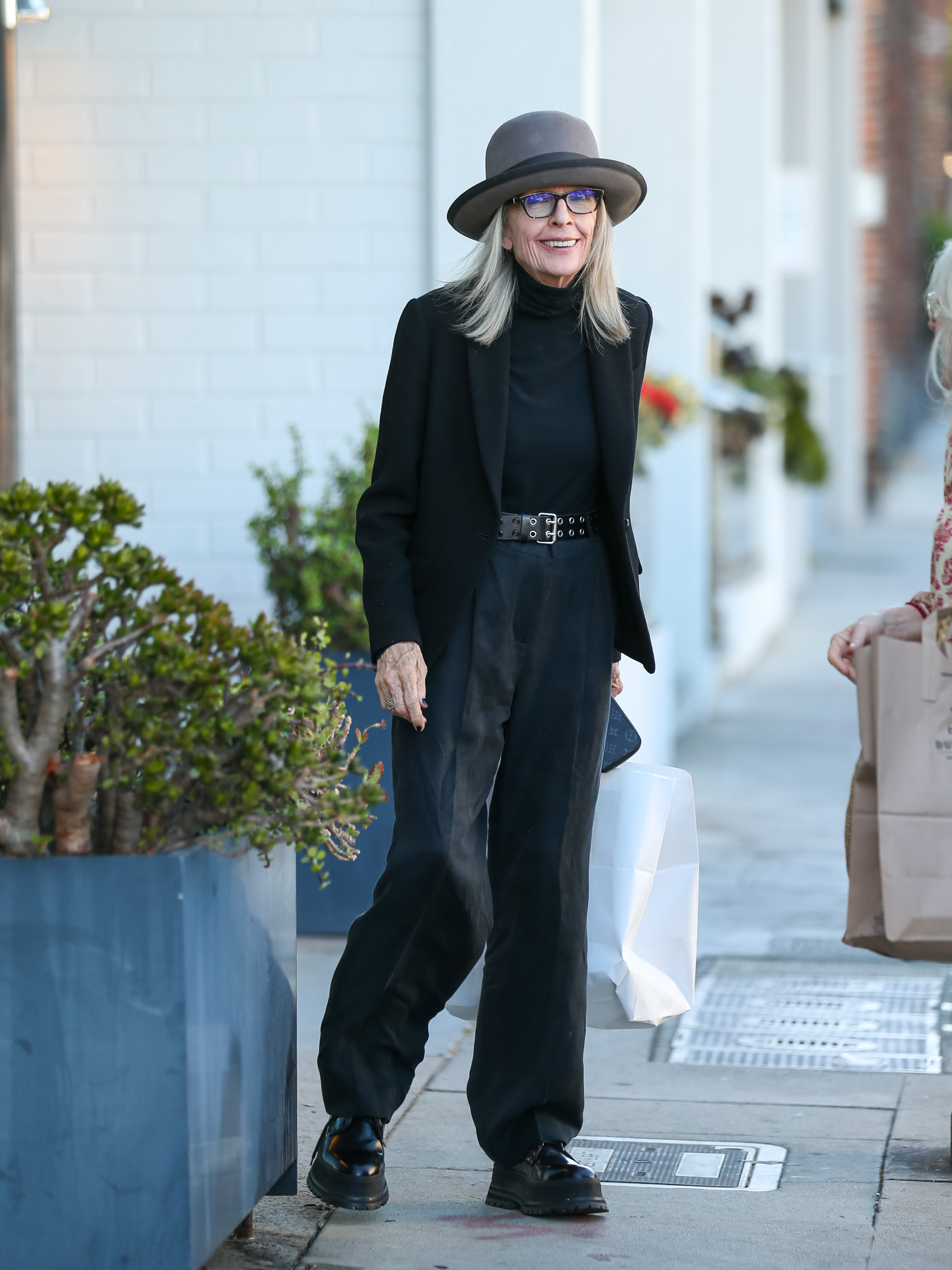
Shop Diane Keaton-Inspired Styles
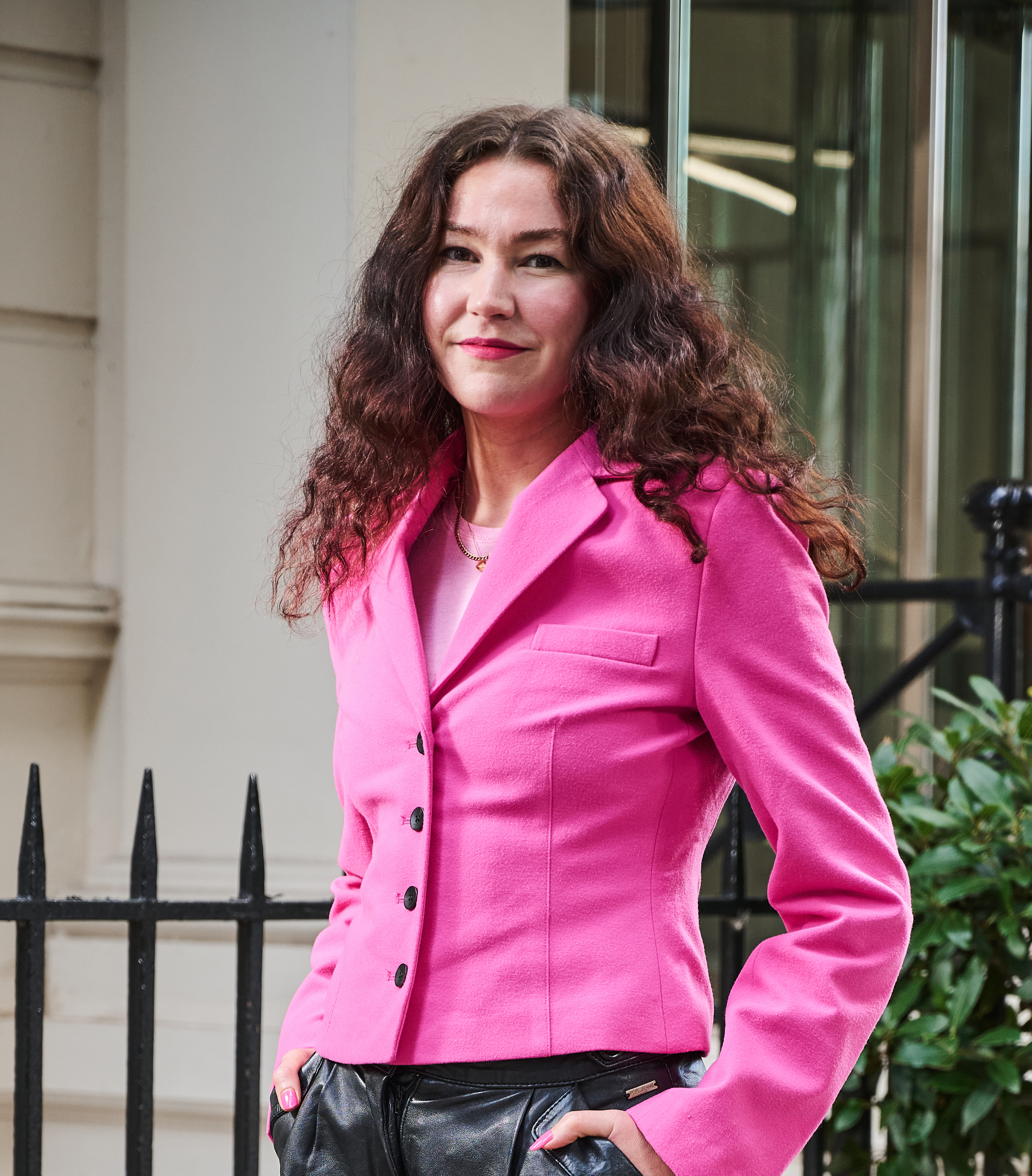
Mischa Anouk Smith is the News and Features Editor of Marie Claire UK.
From personal essays to purpose-driven stories, reported studies, and interviews with celebrities like Rosie Huntington-Whiteley and designers including Dries Van Noten, Mischa has been featured in publications such as Refinery29, Stylist and Dazed. Her work explores what it means to be a woman today and sits at the intersection of culture and style. In the spirit of eclecticism, she has also written about NFTs, mental health and the rise of AI bands.
